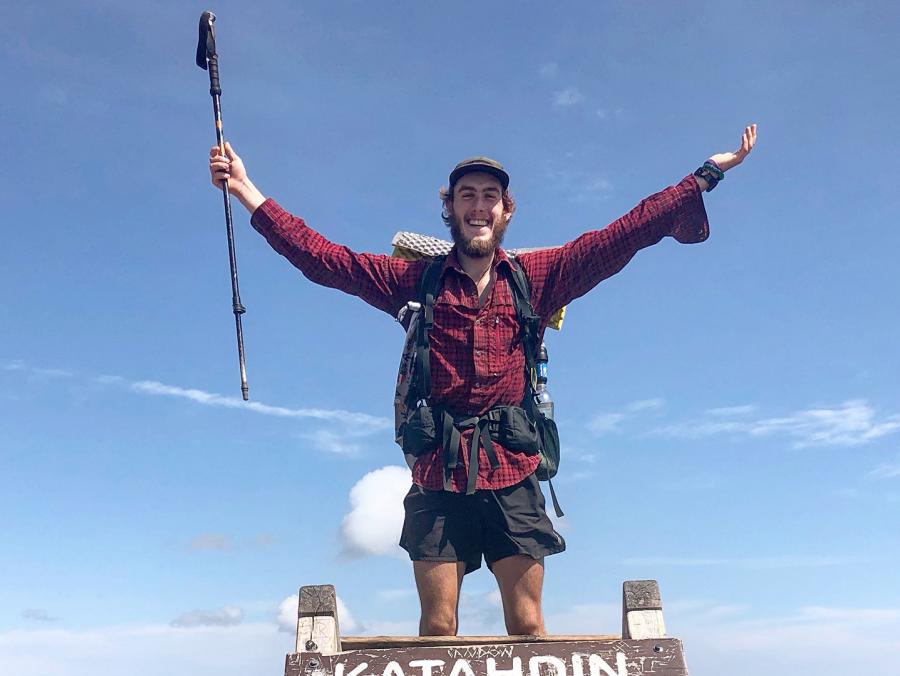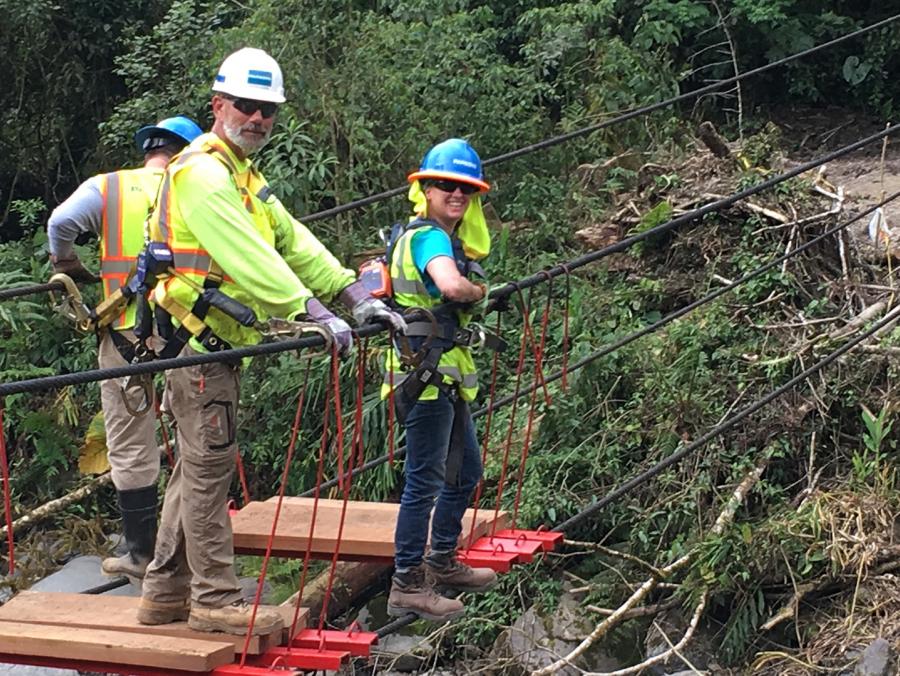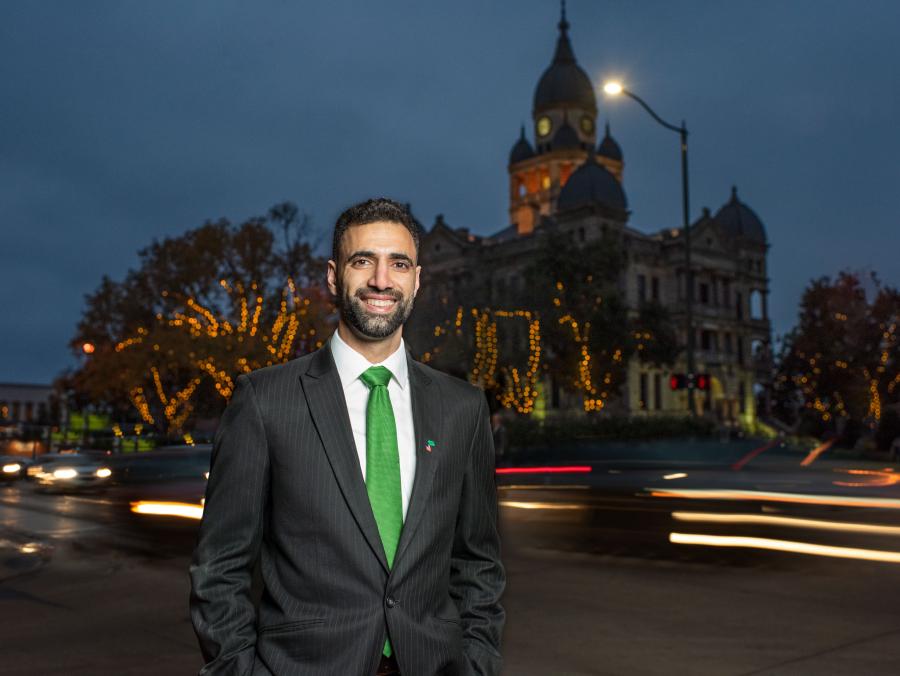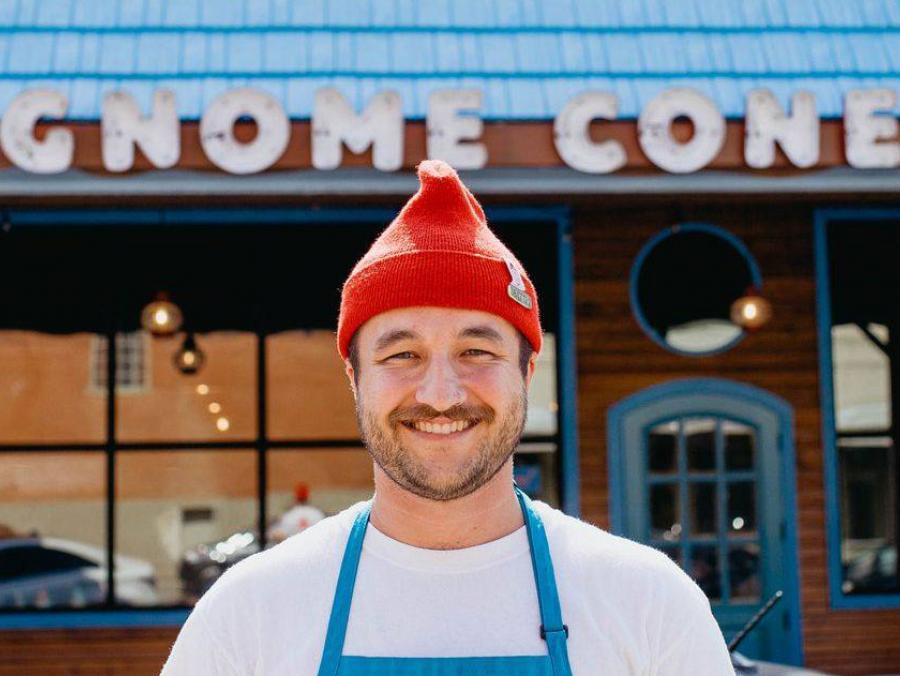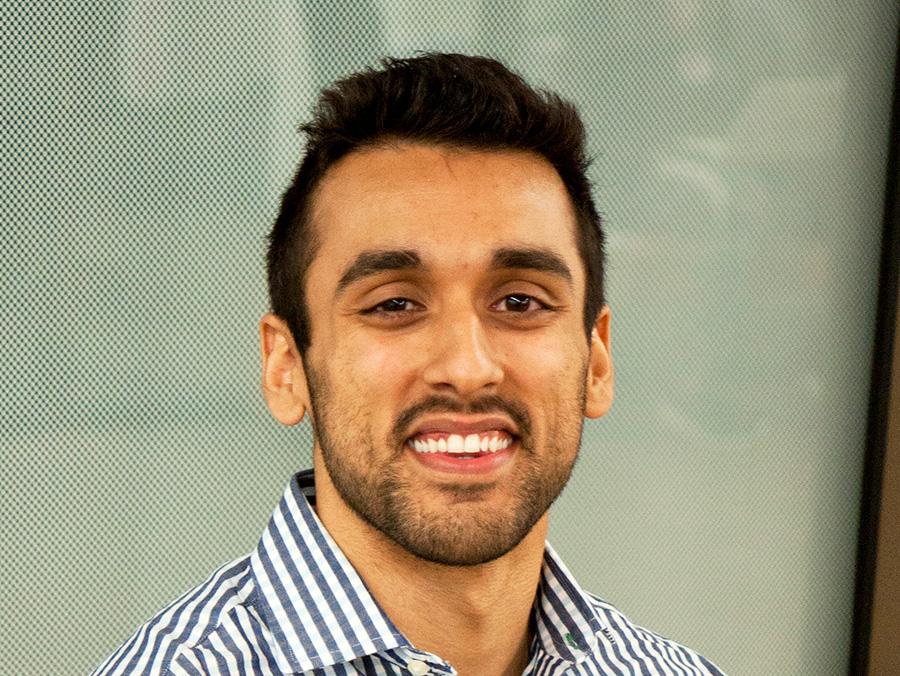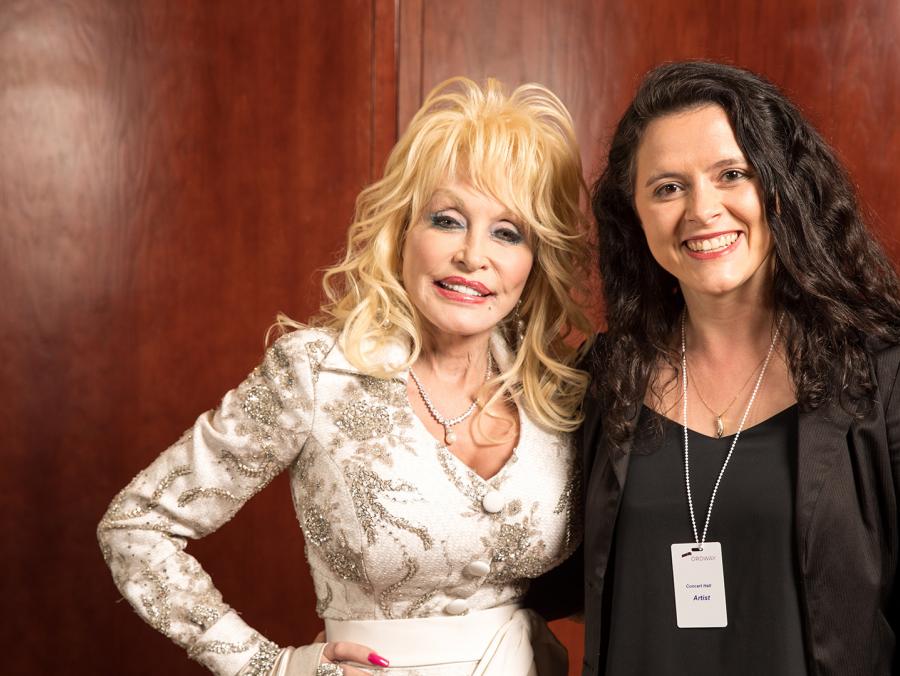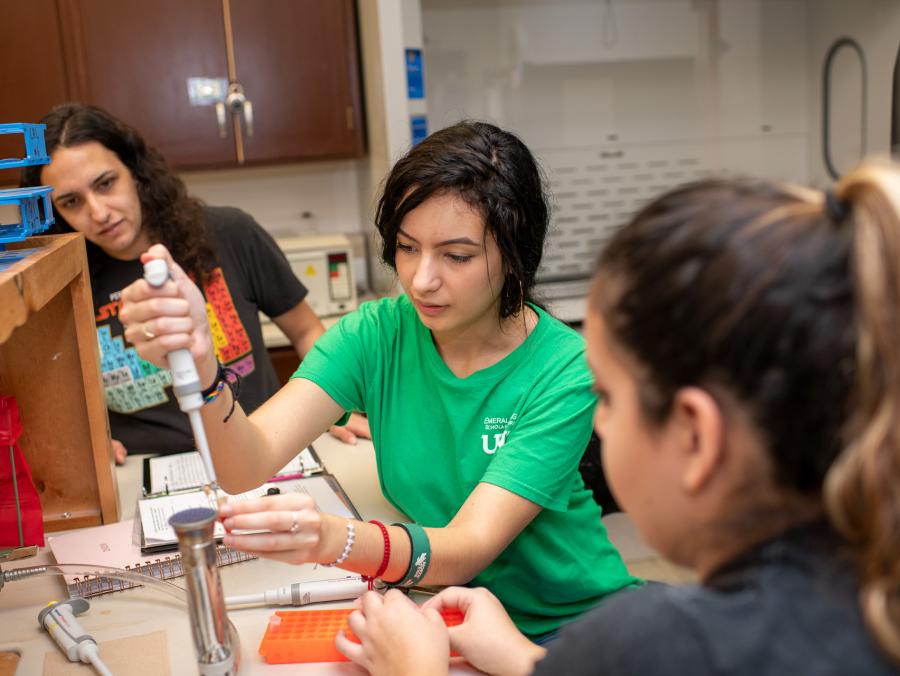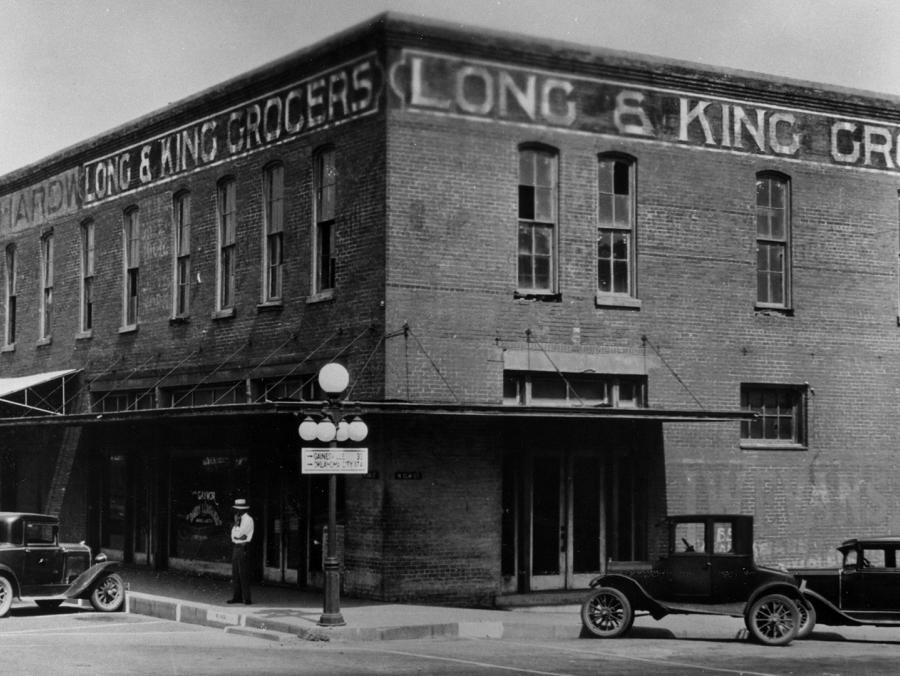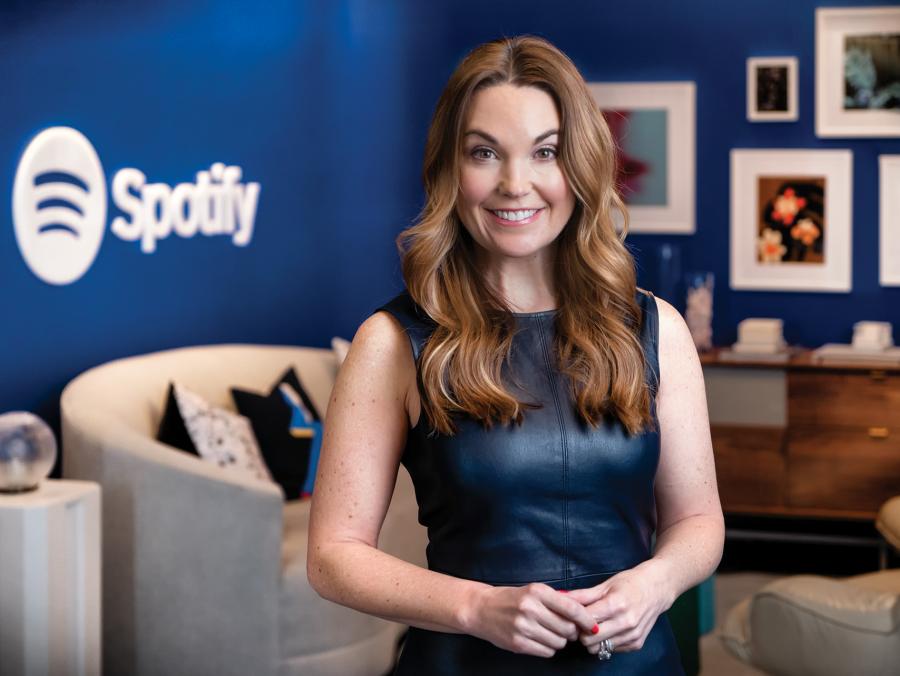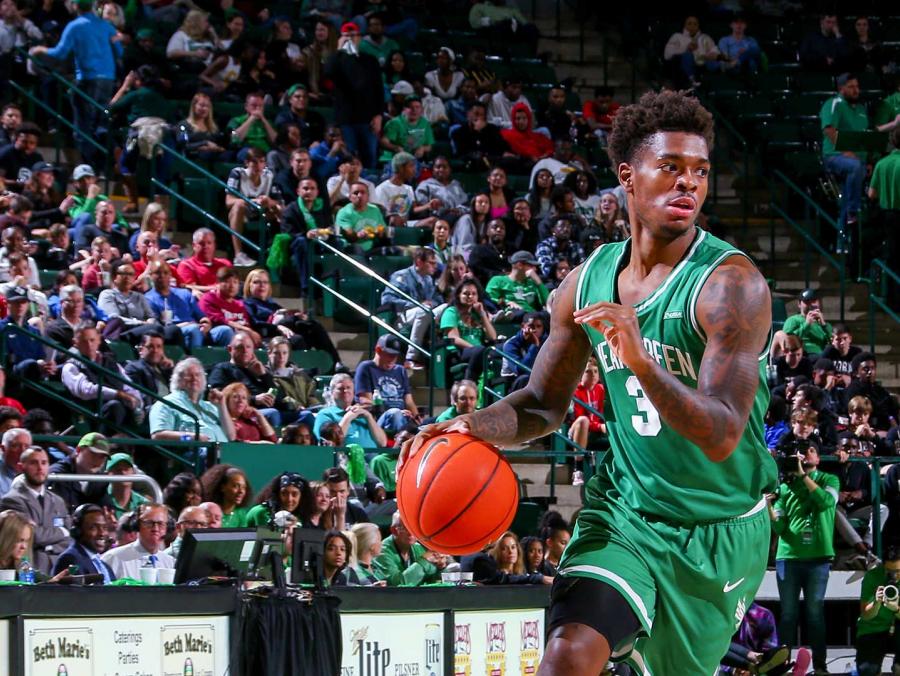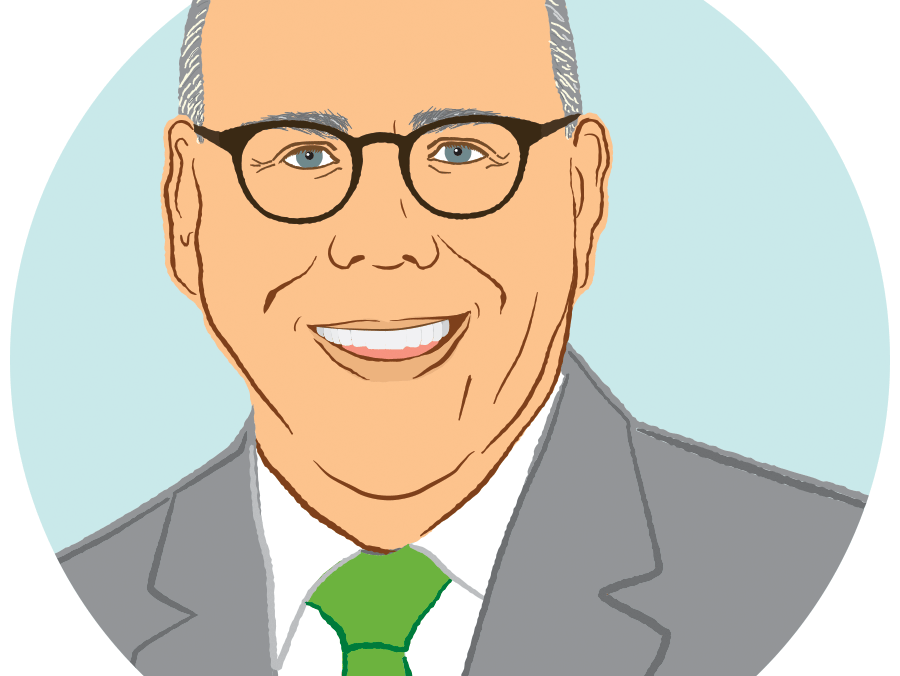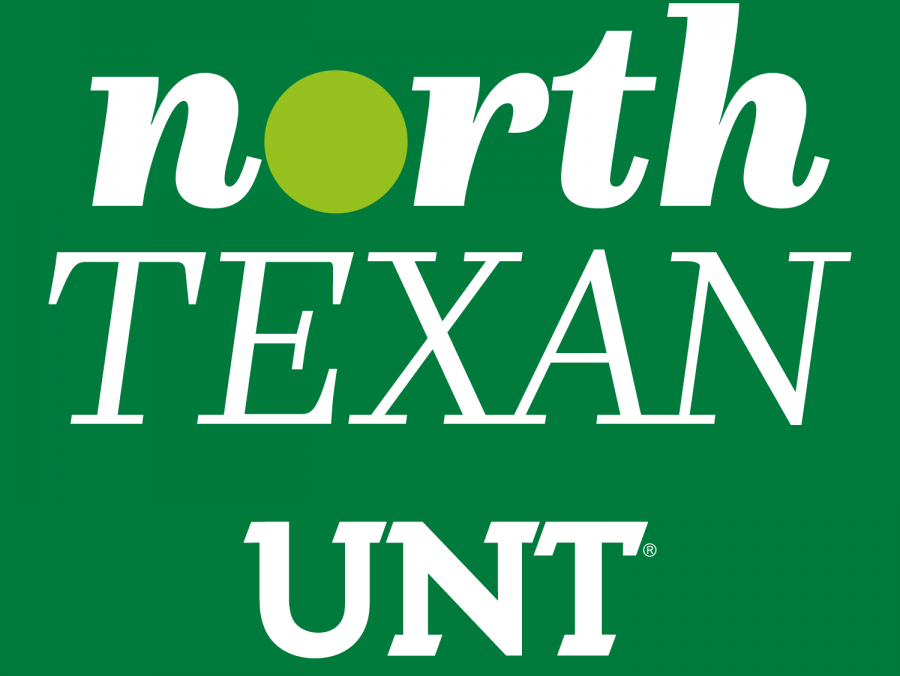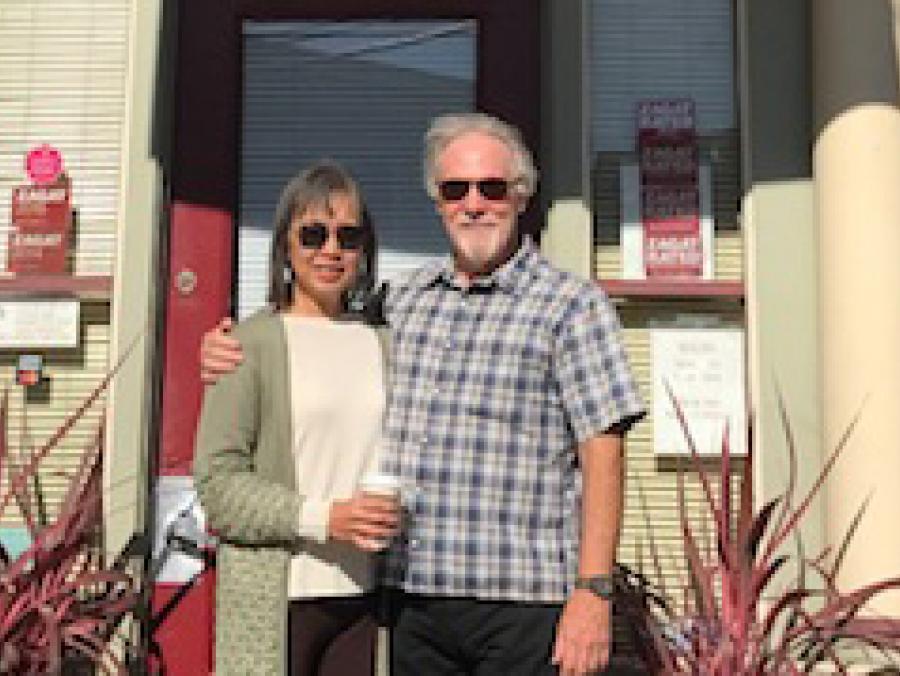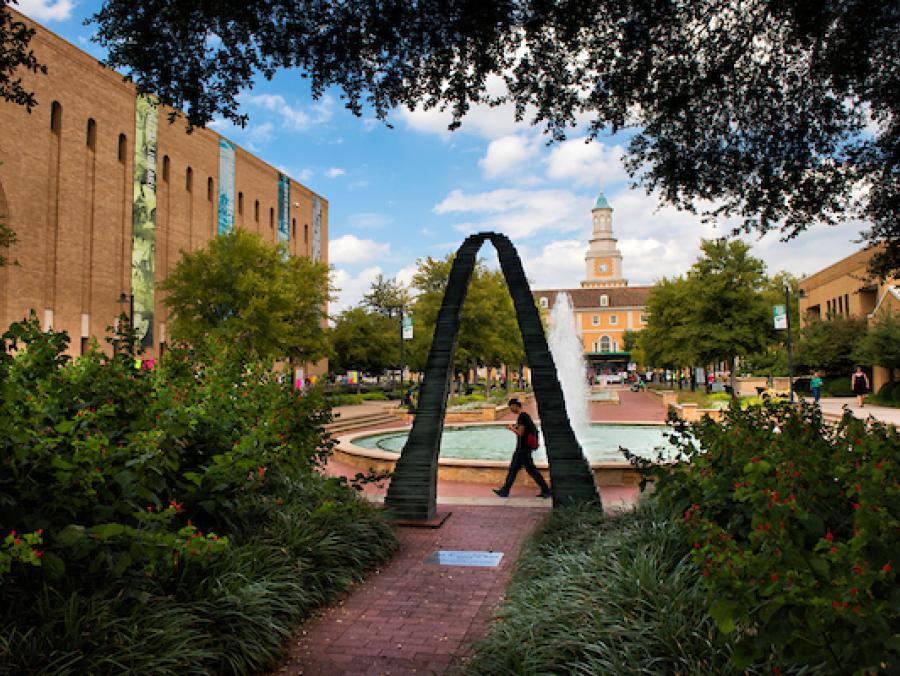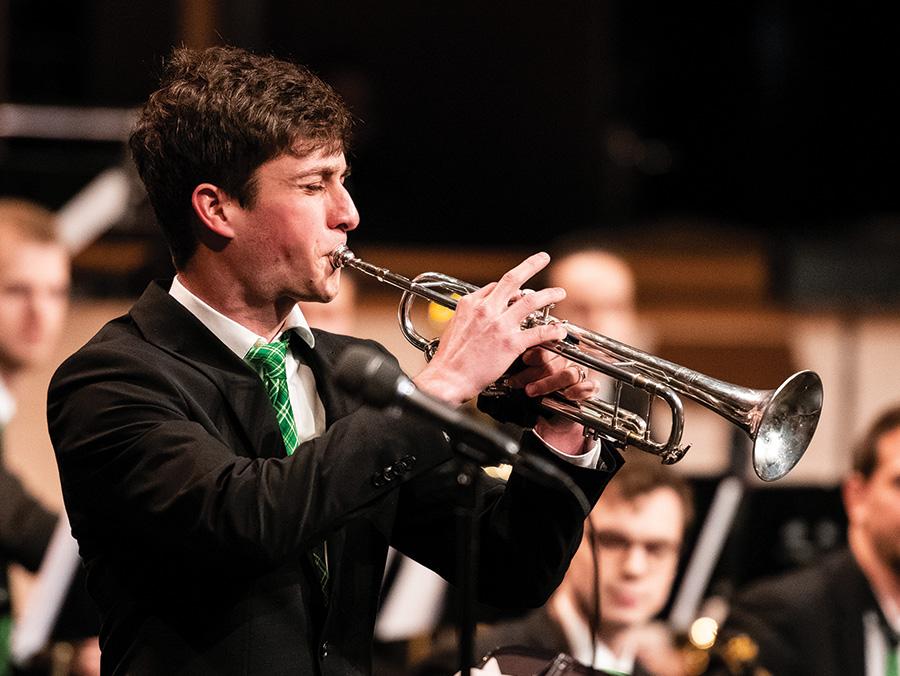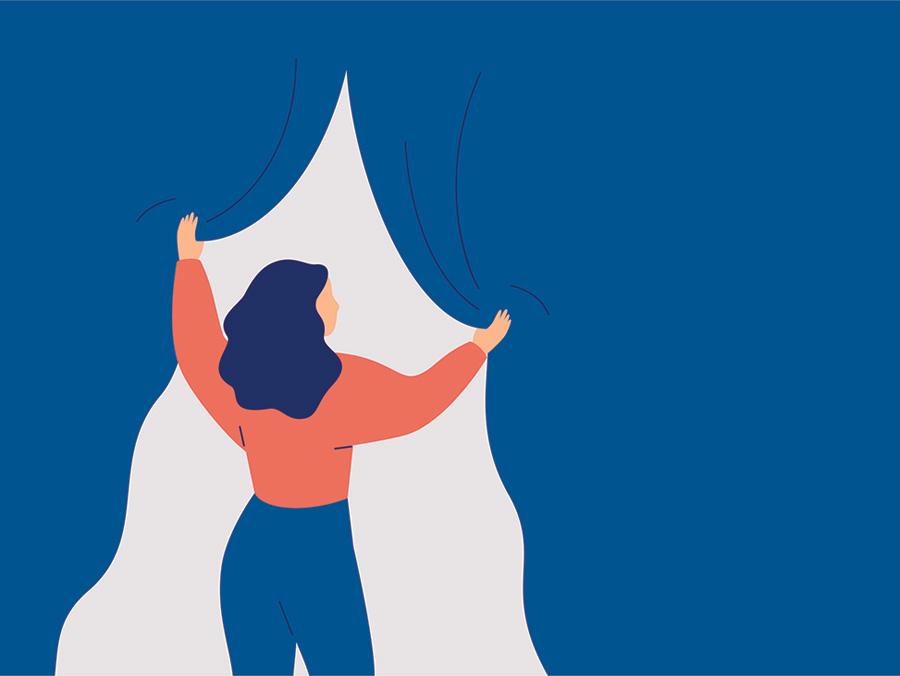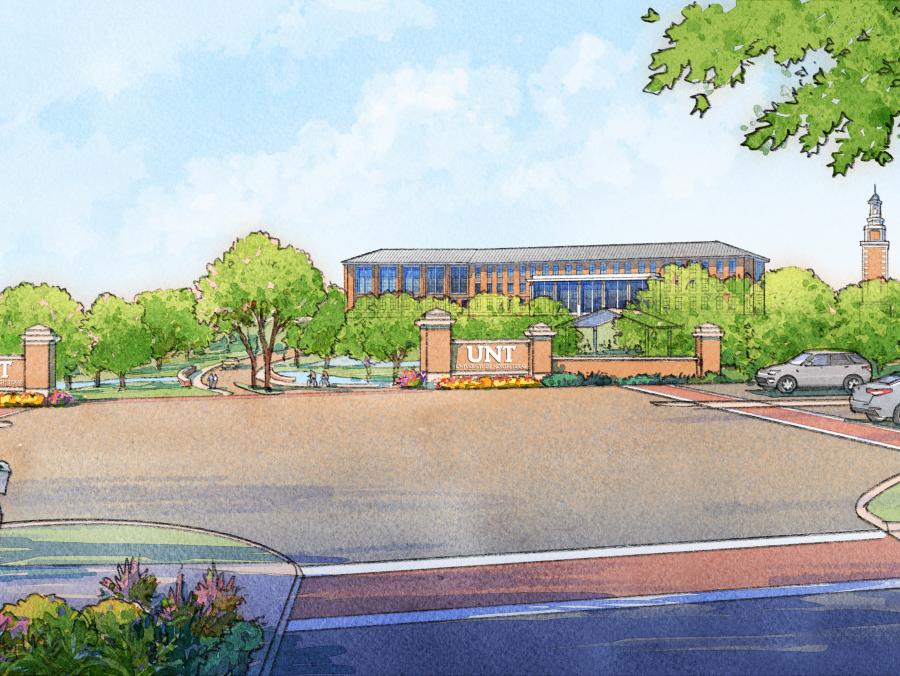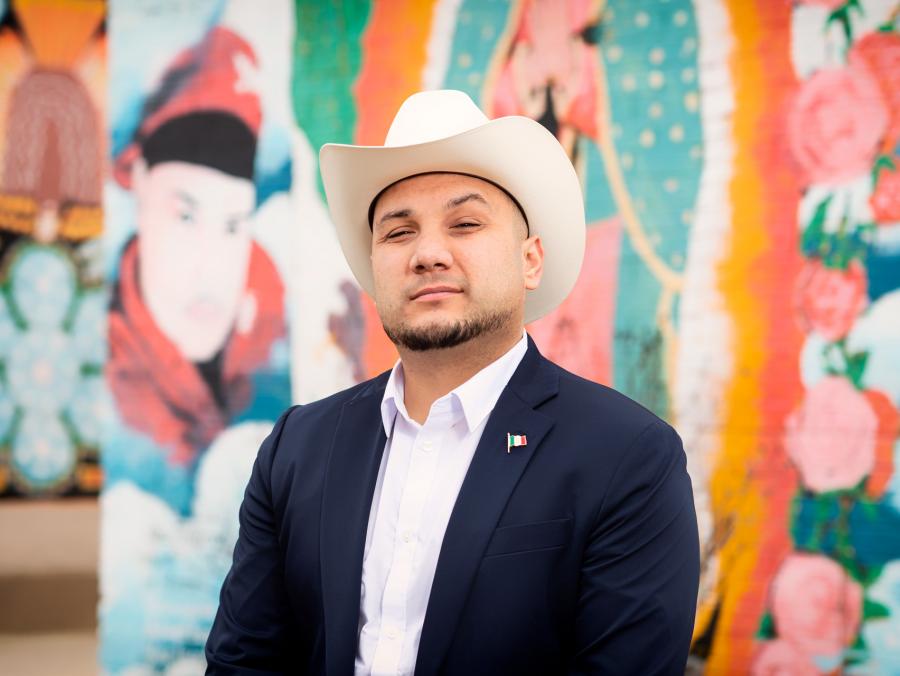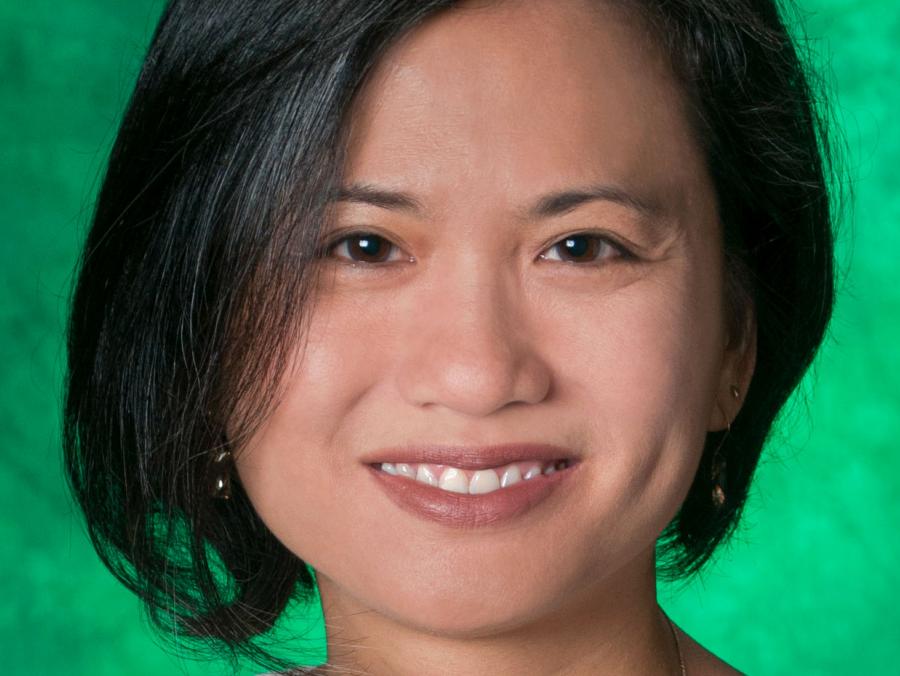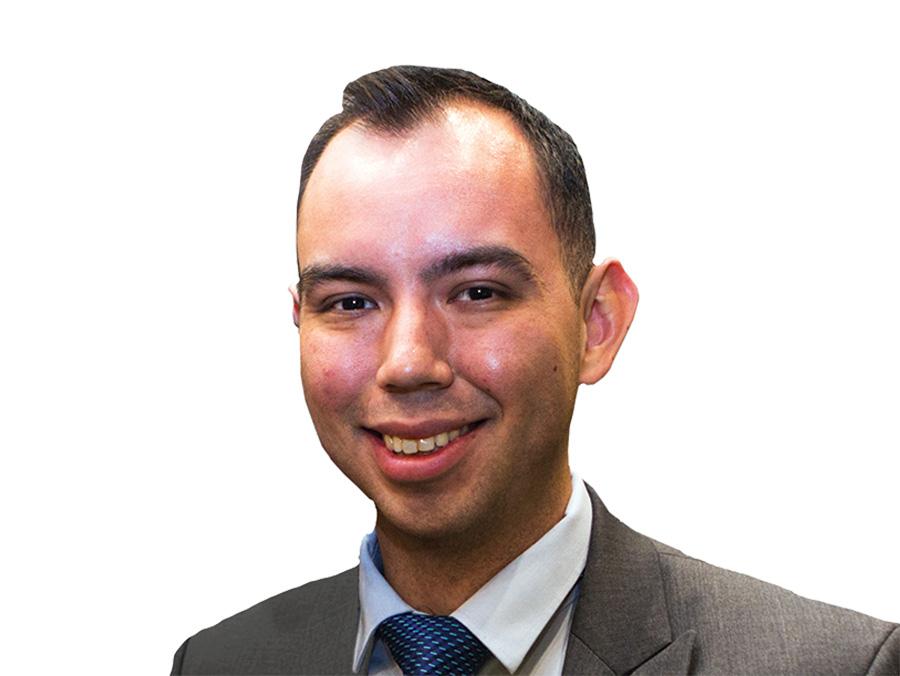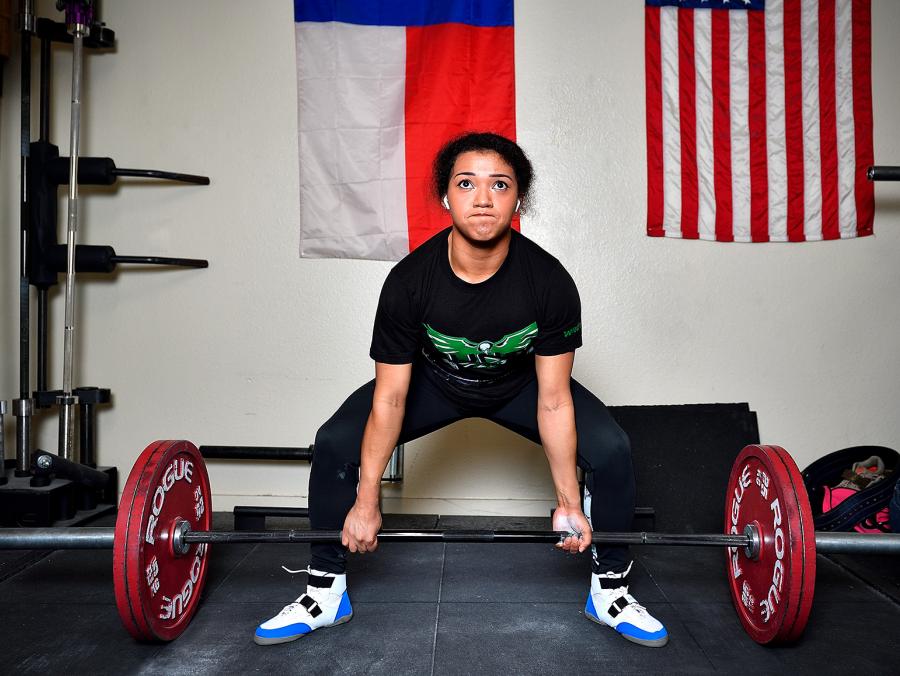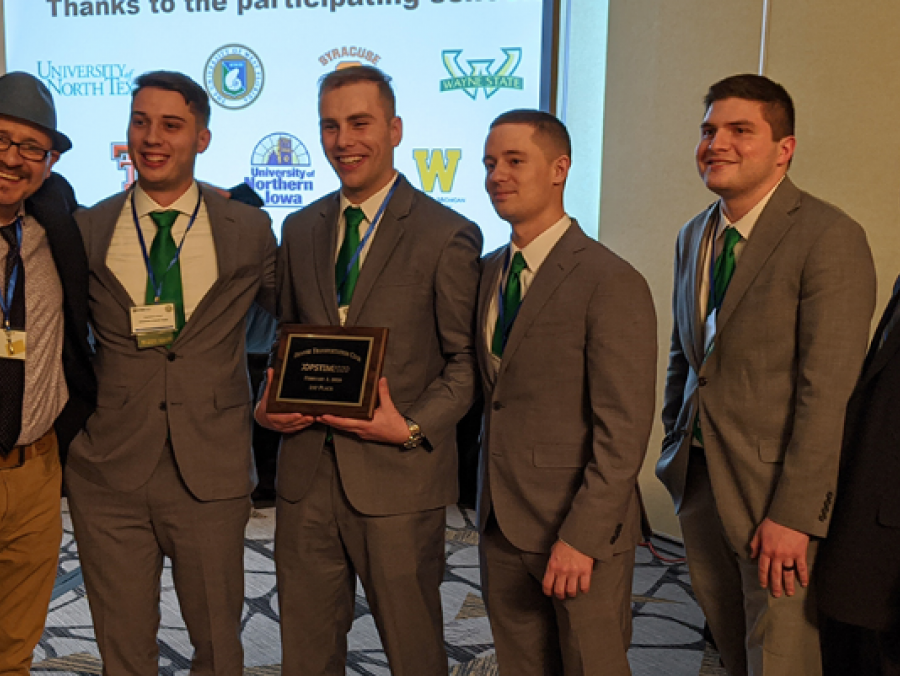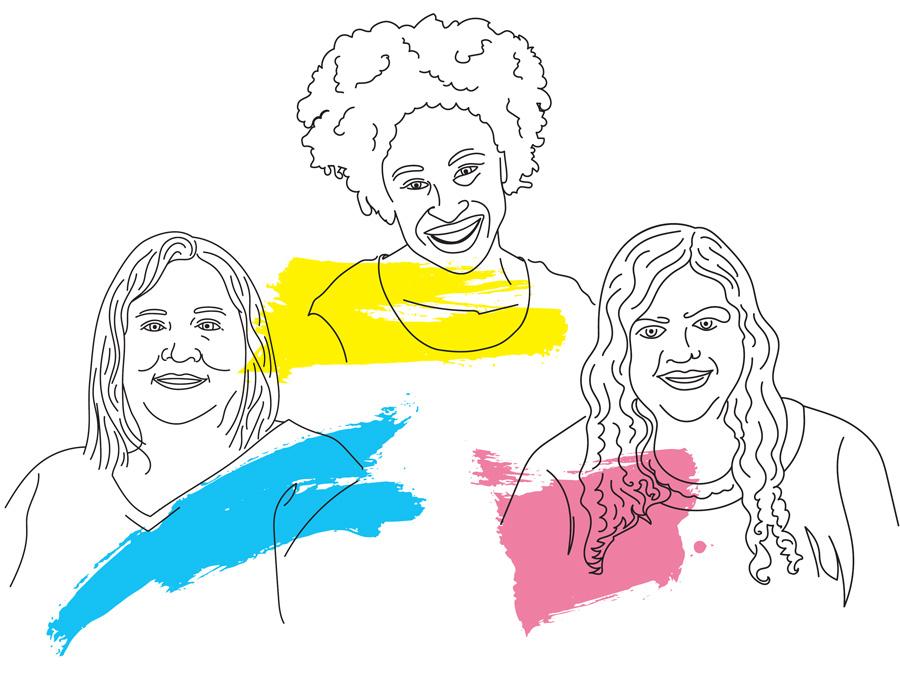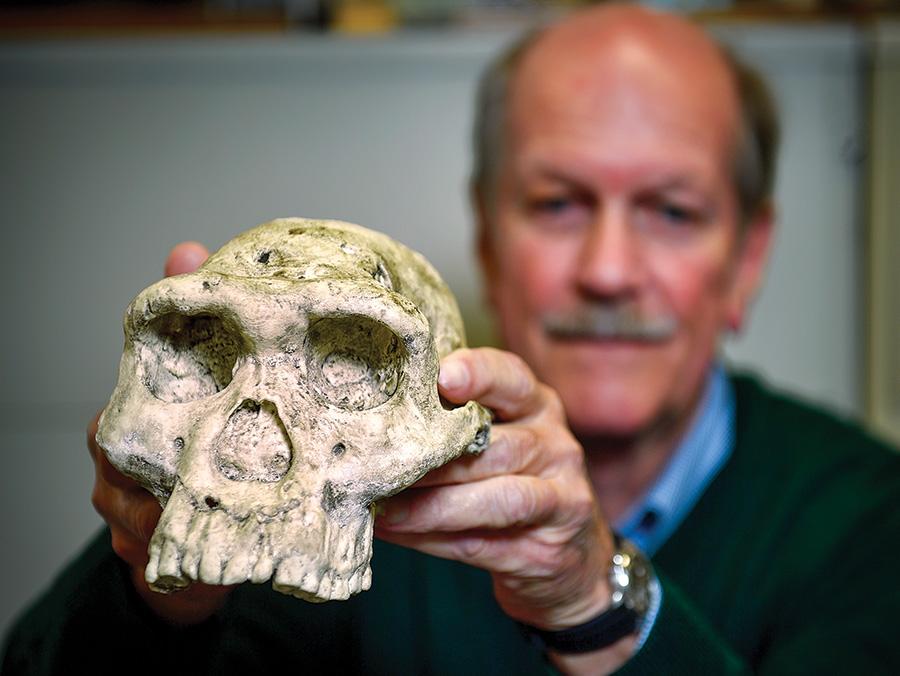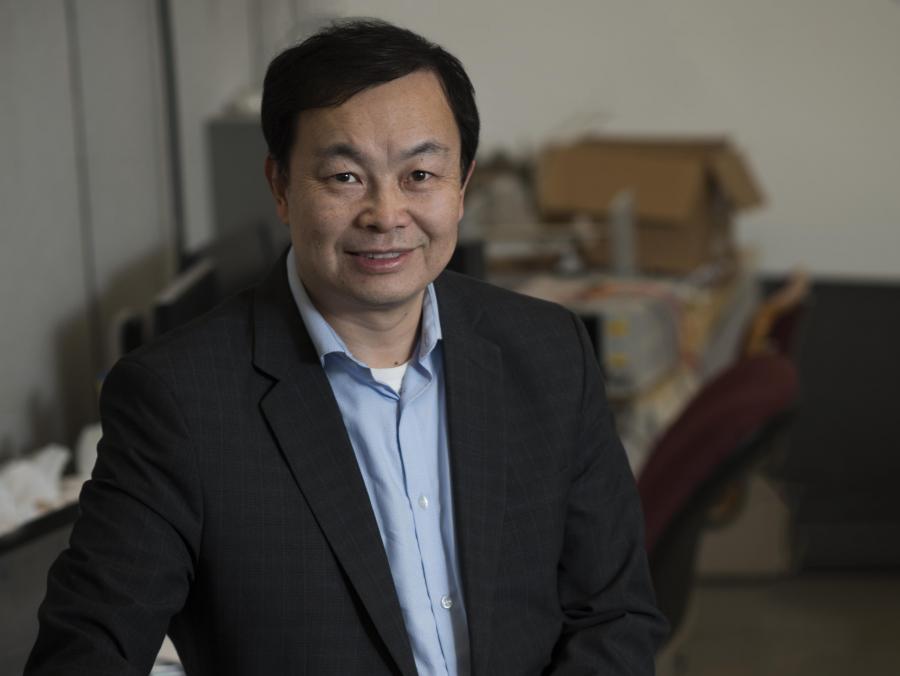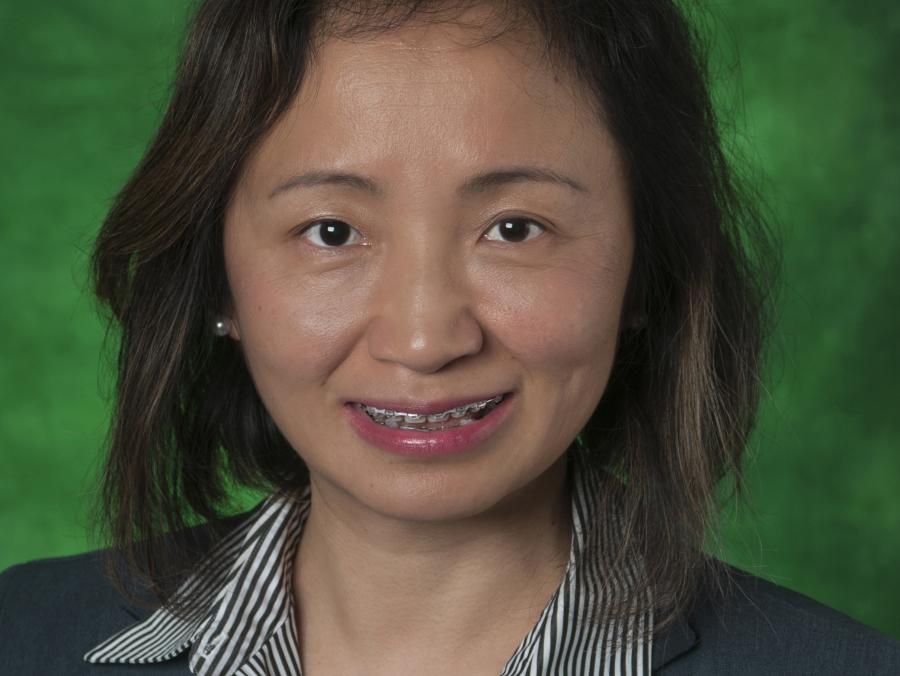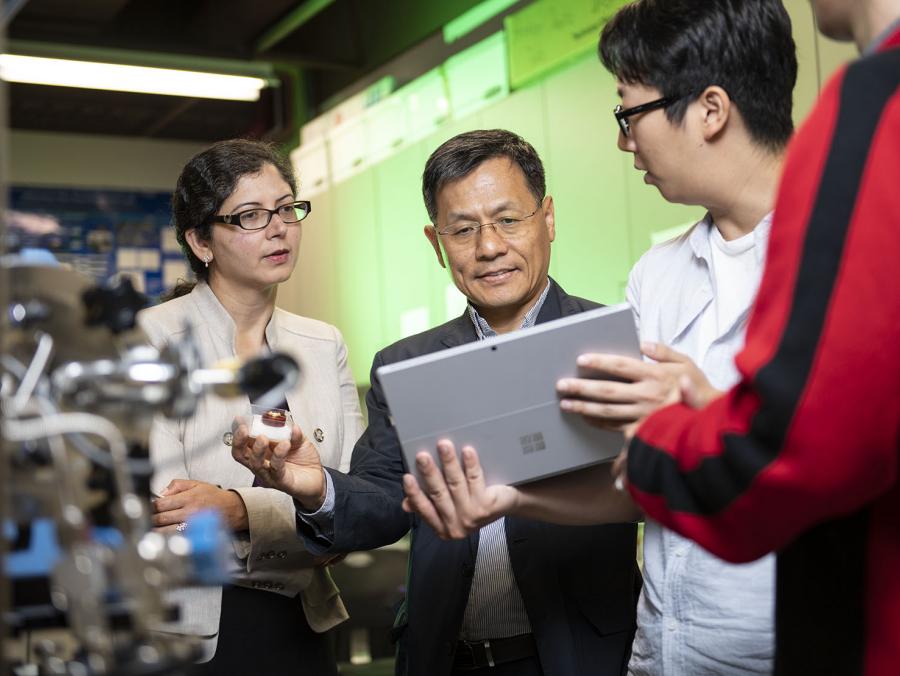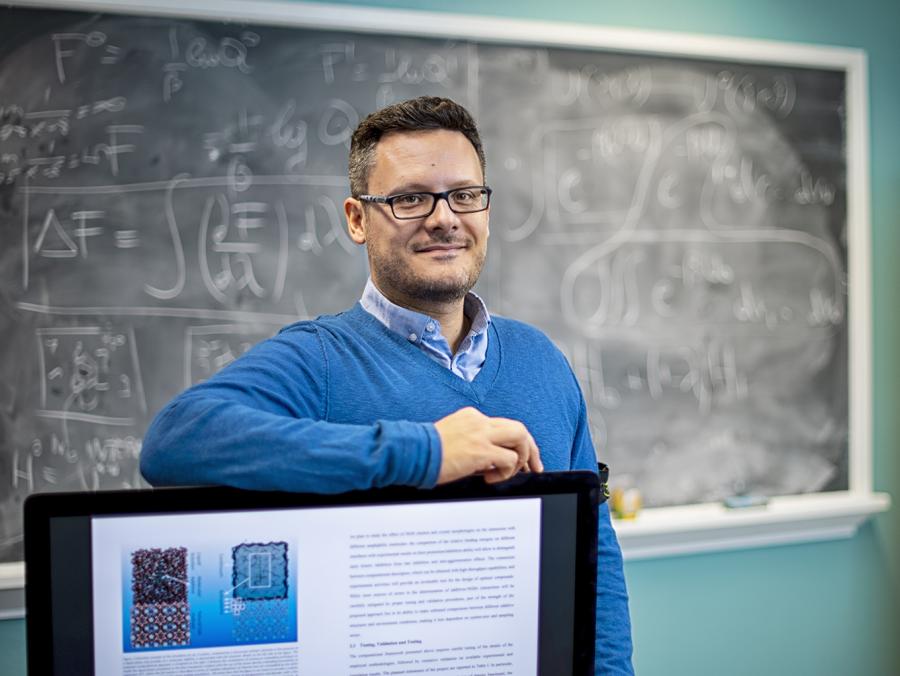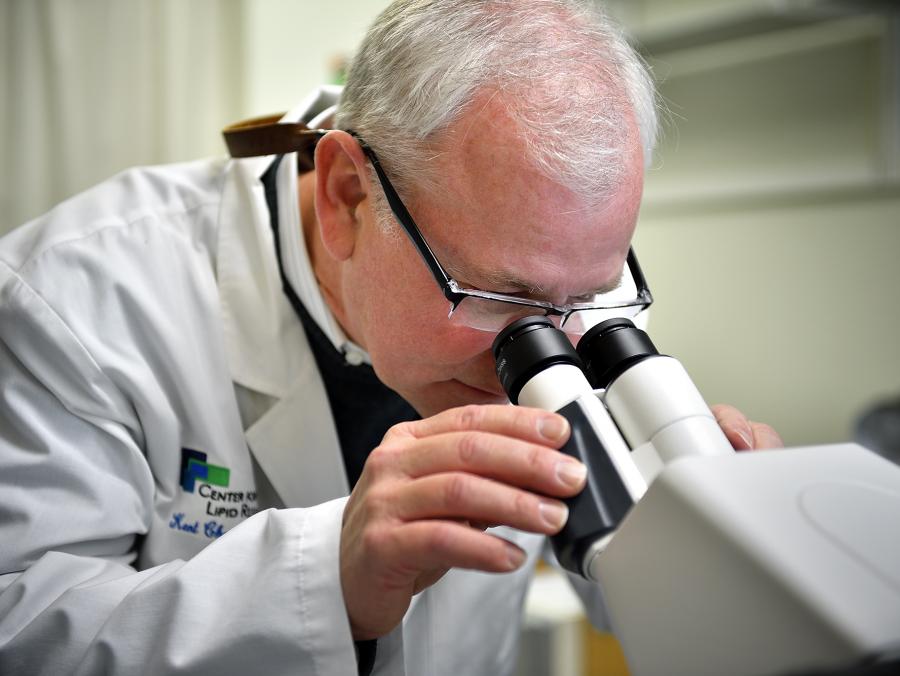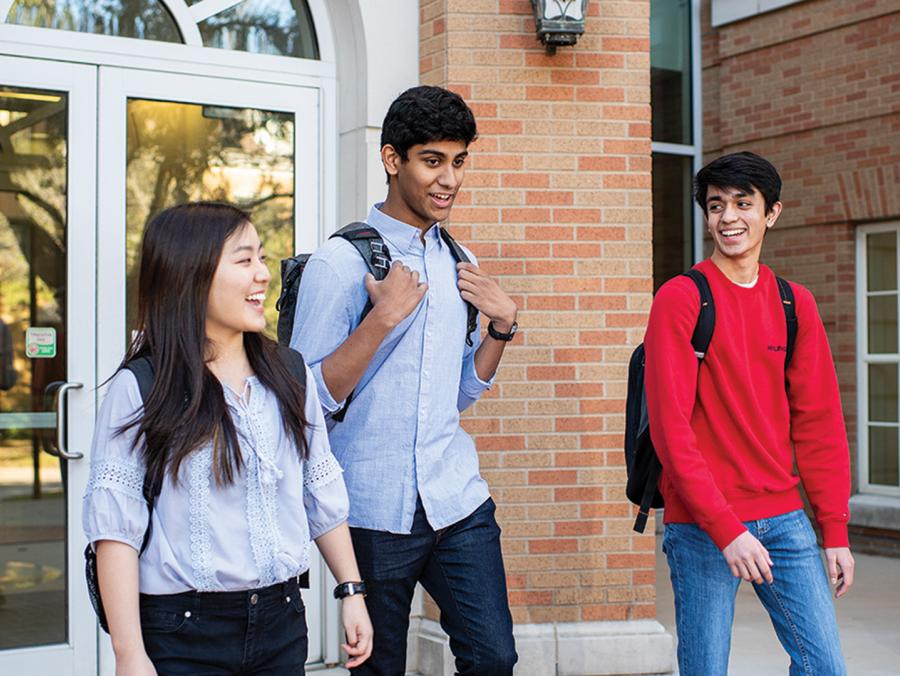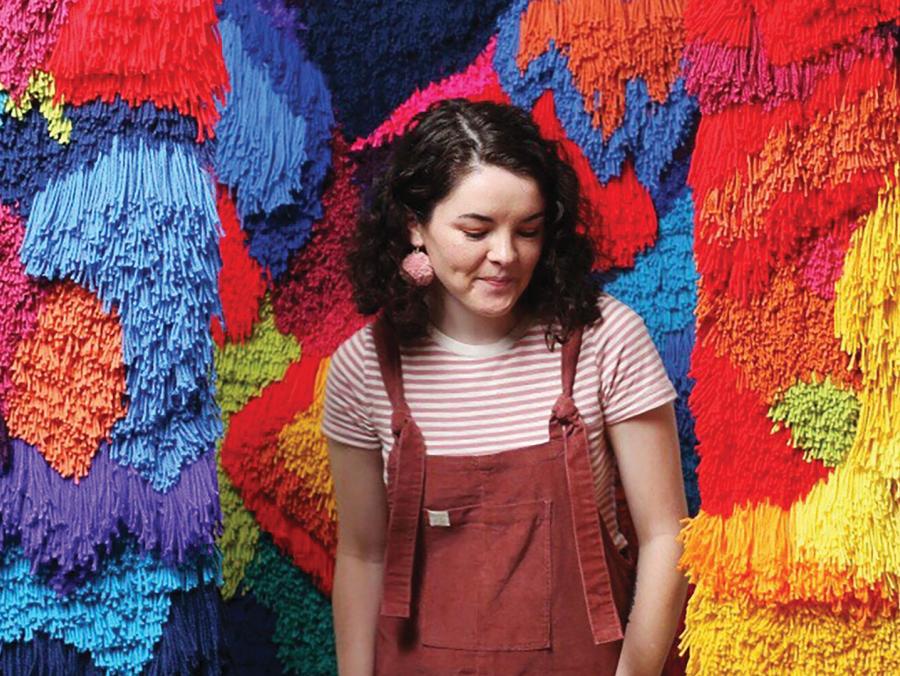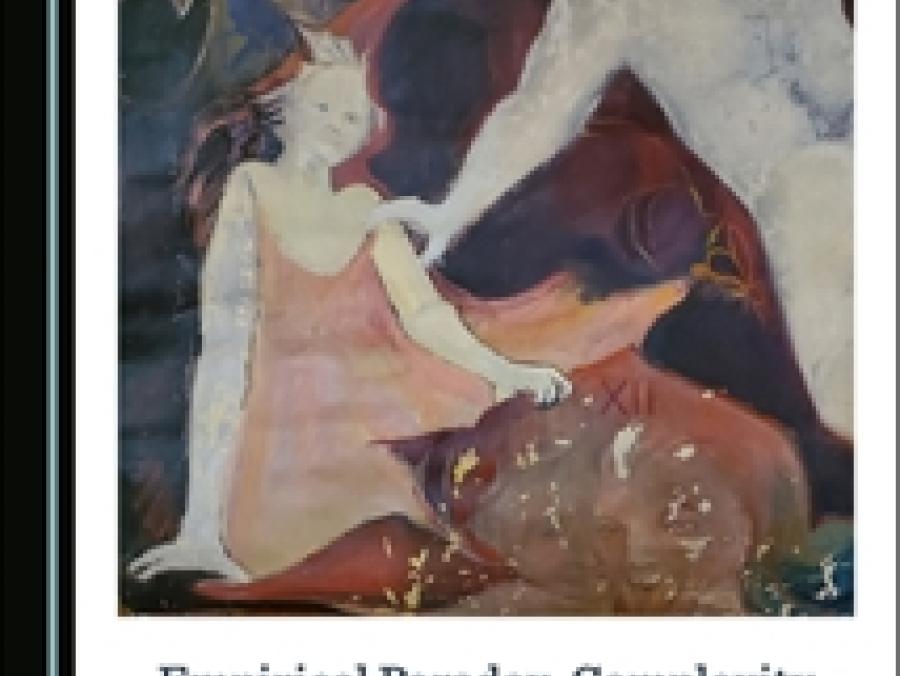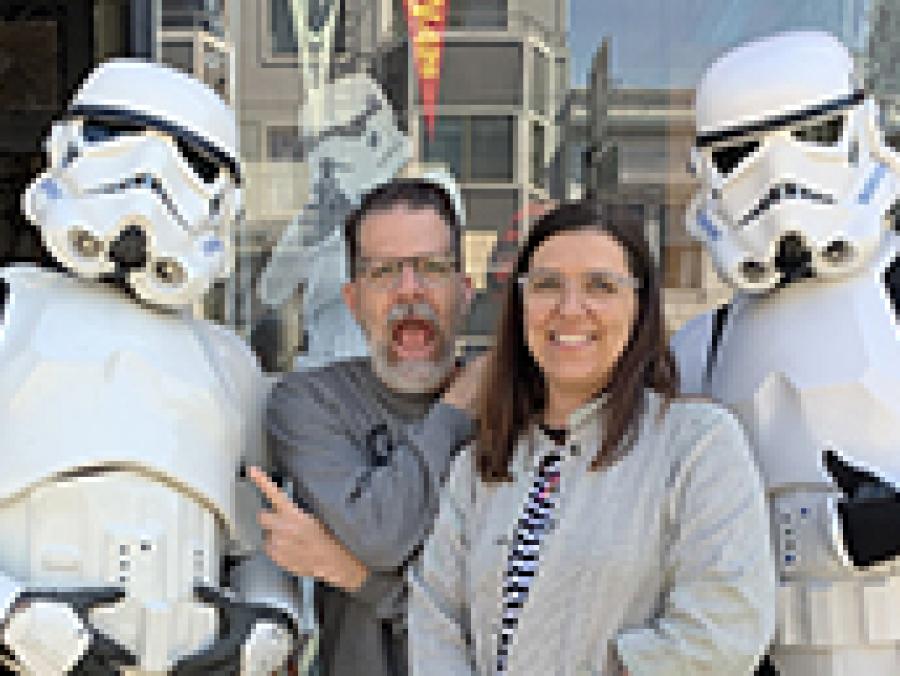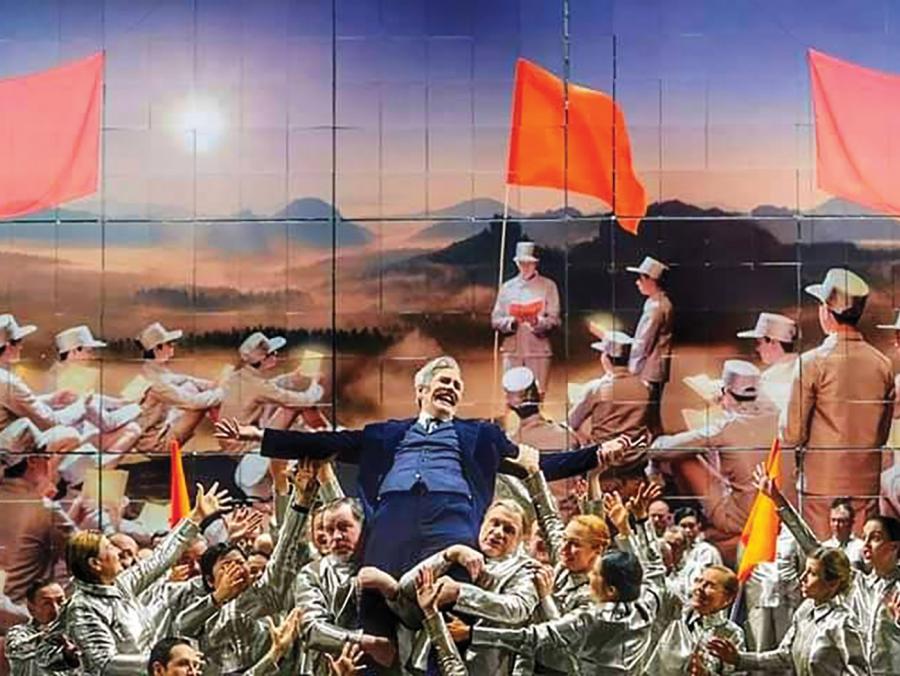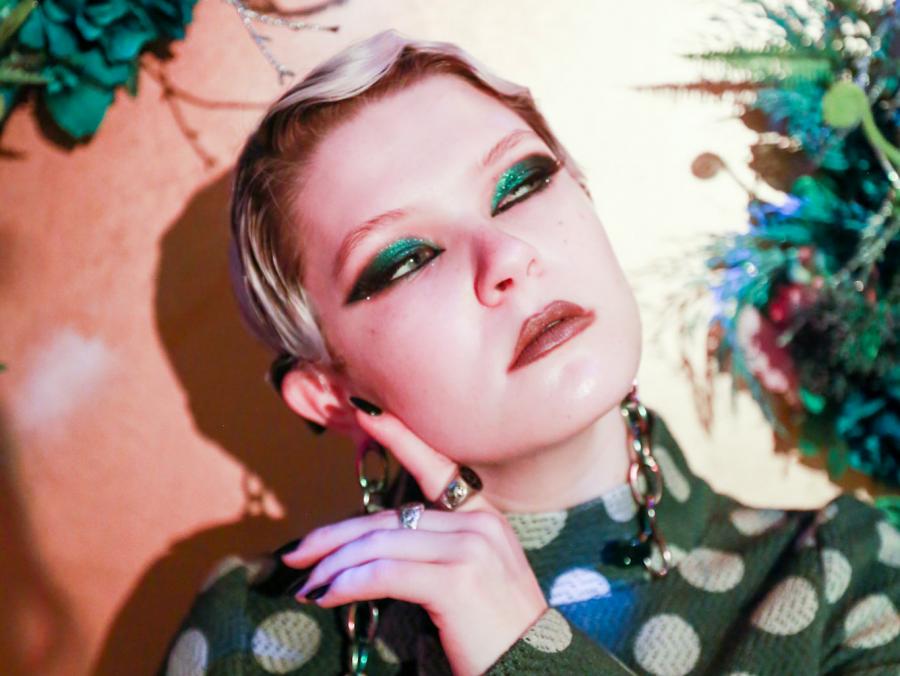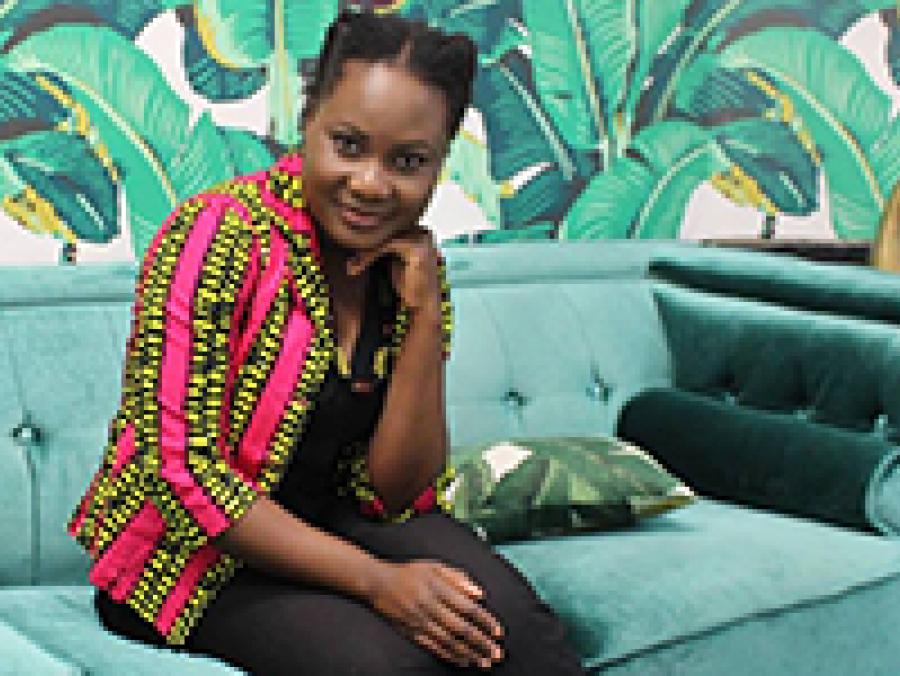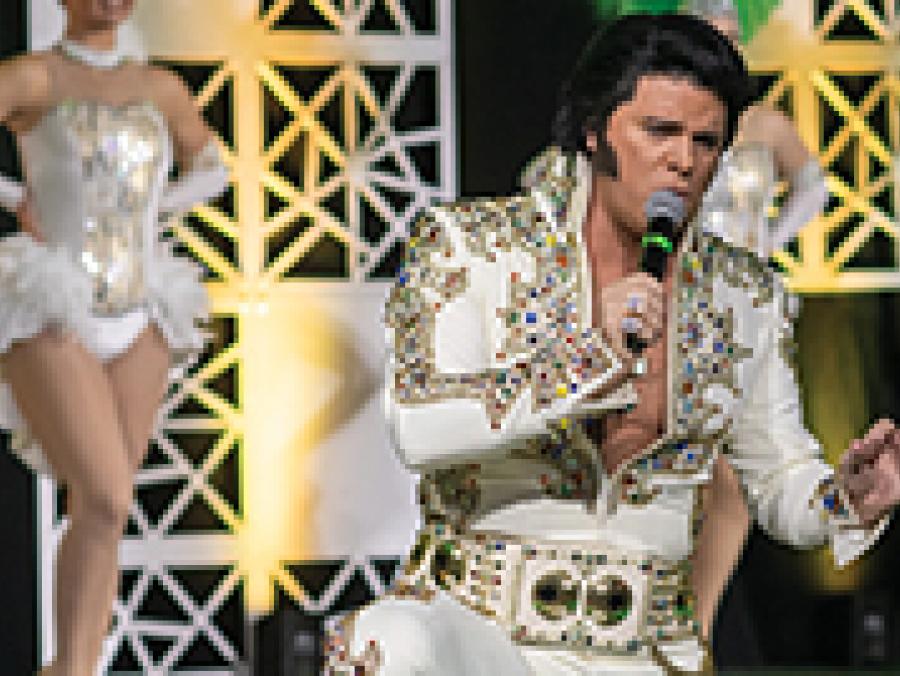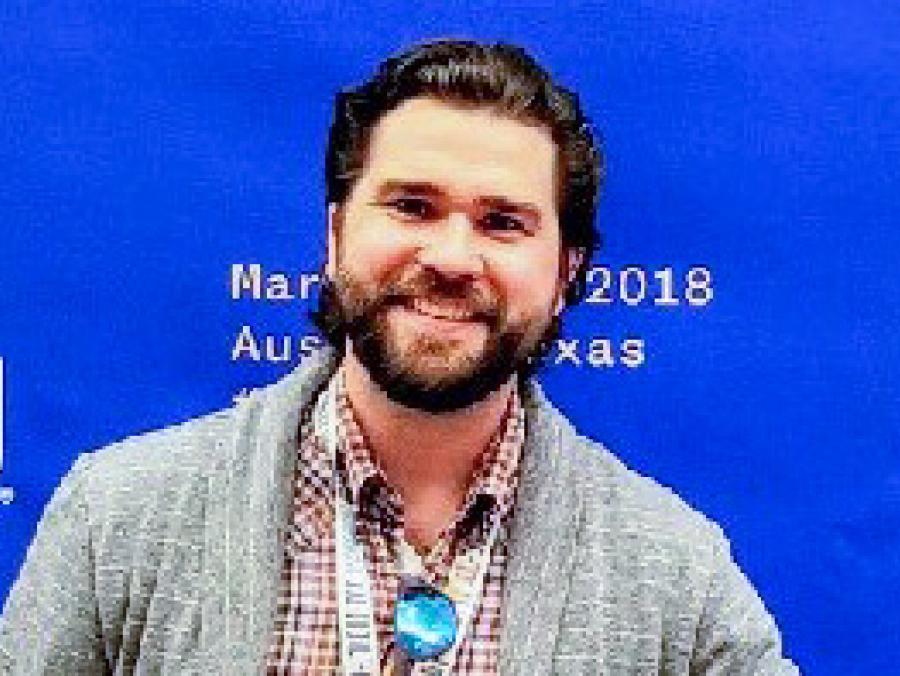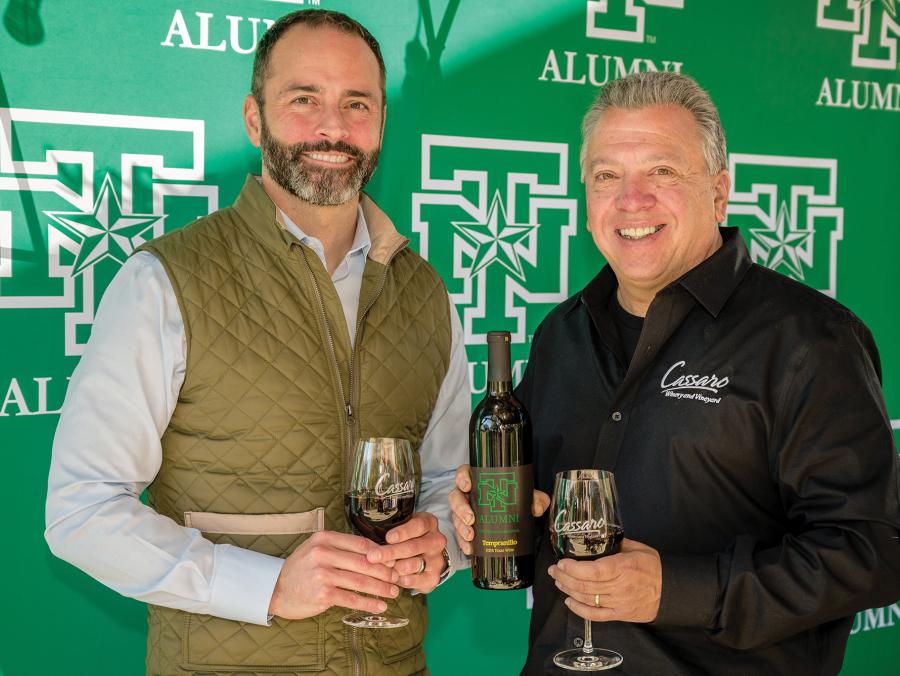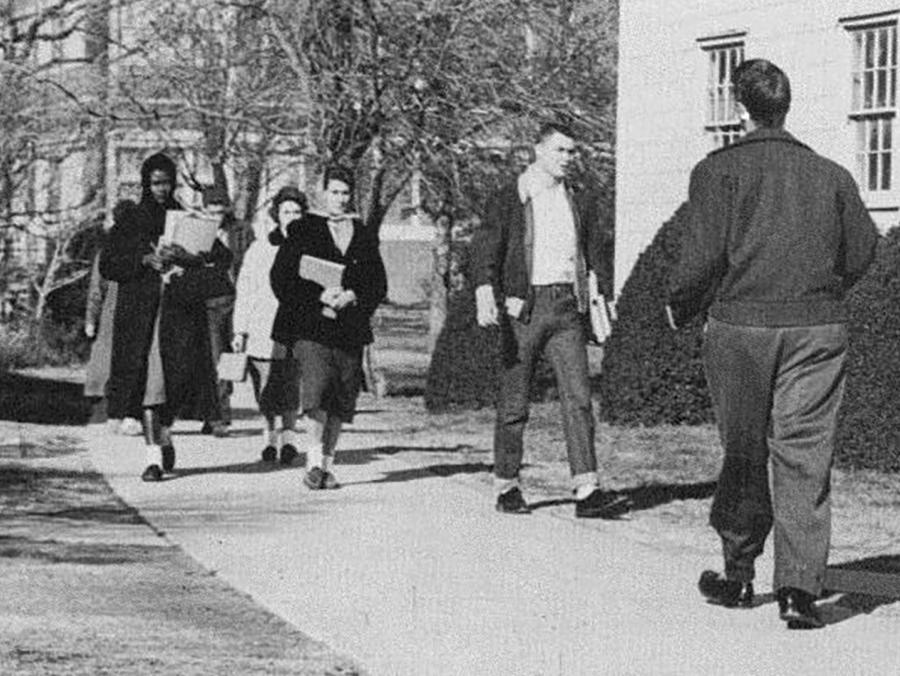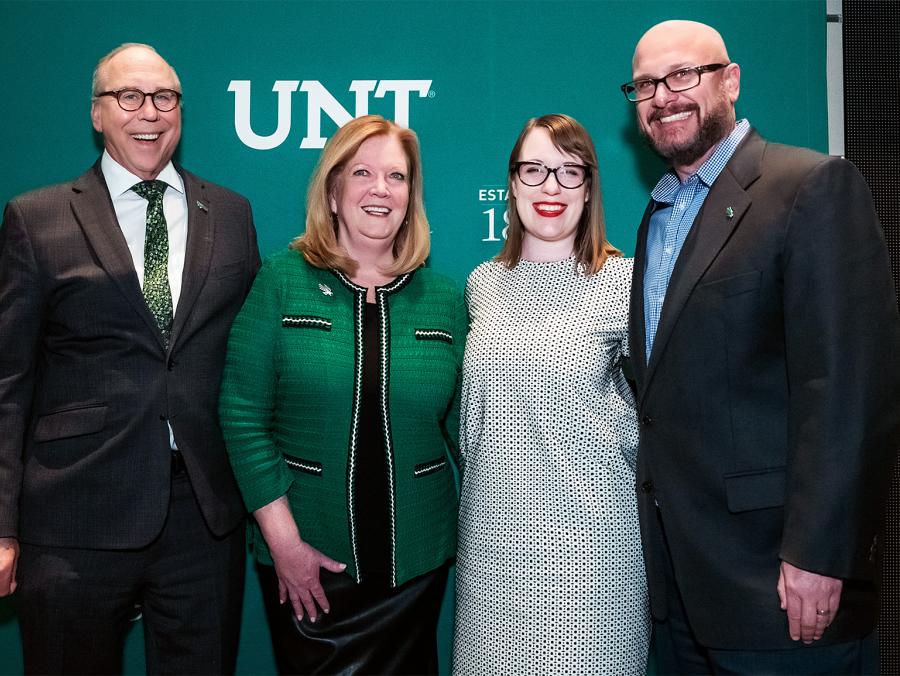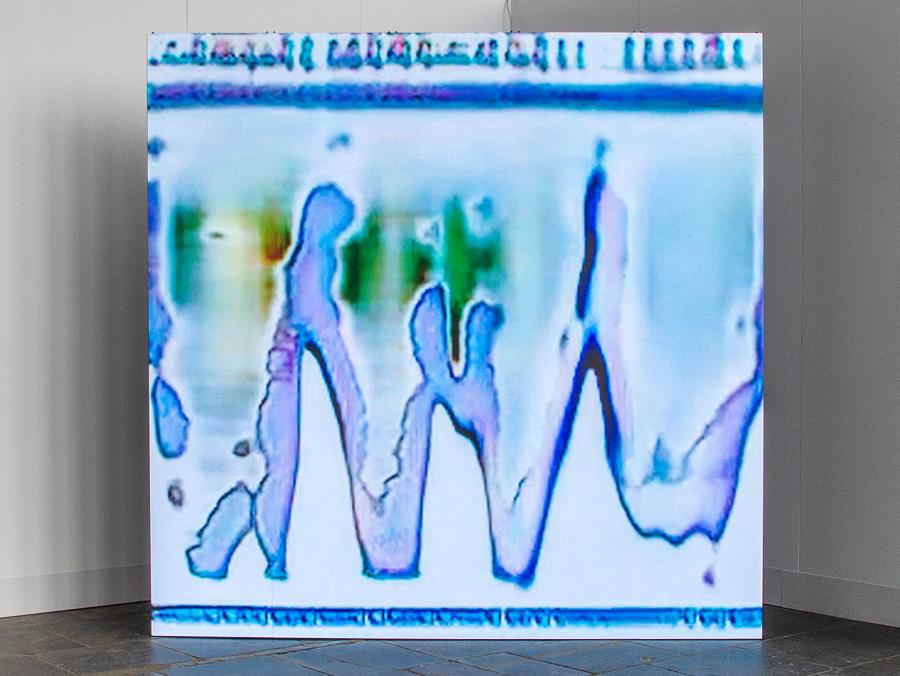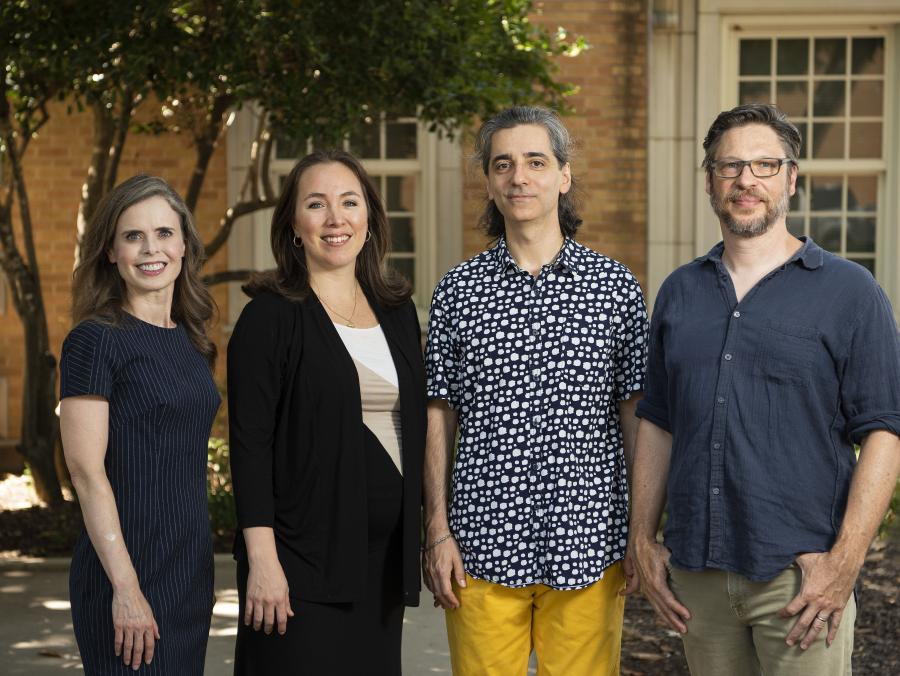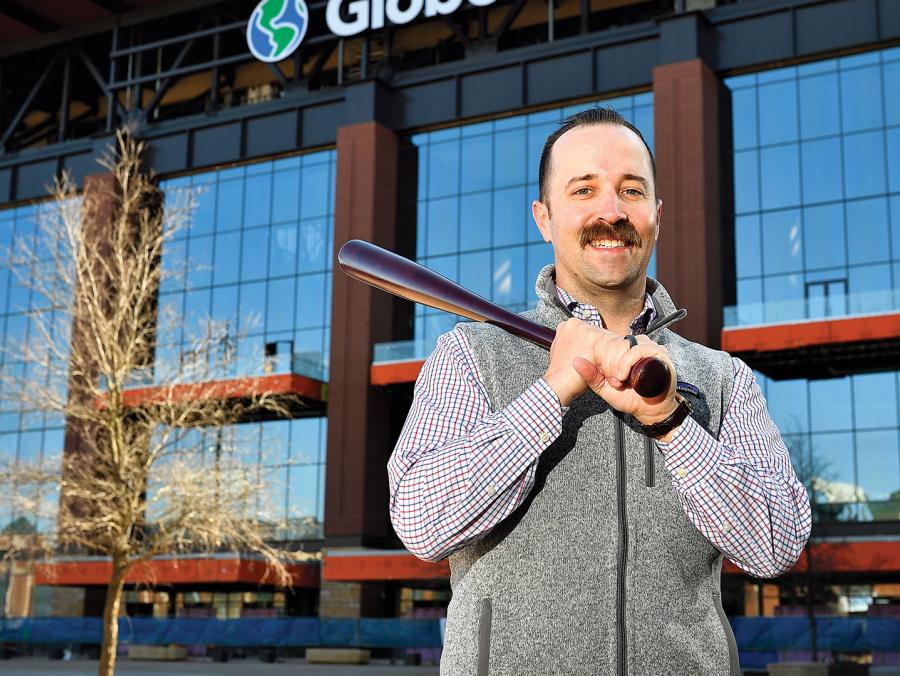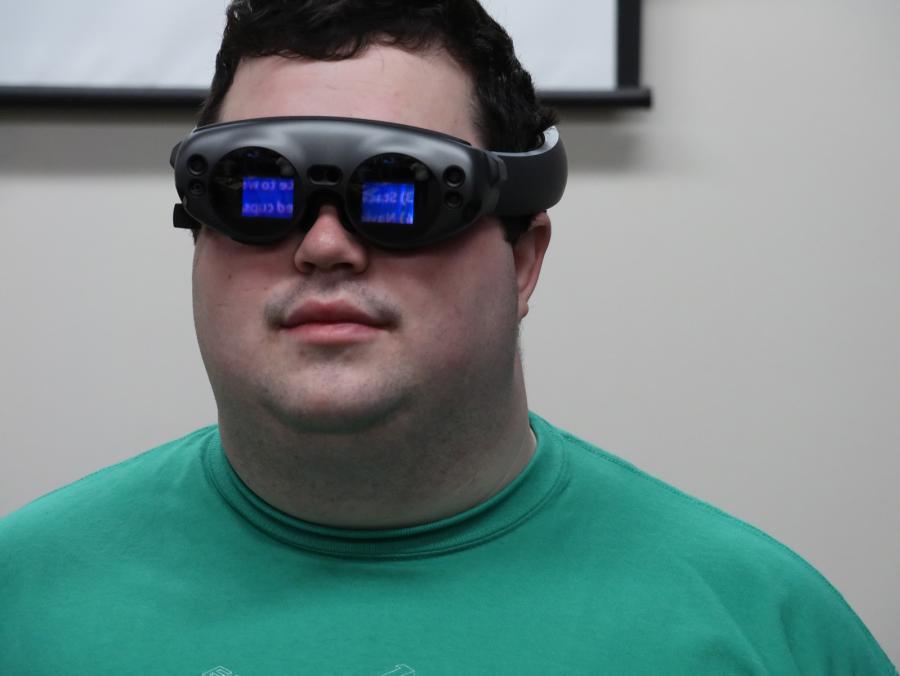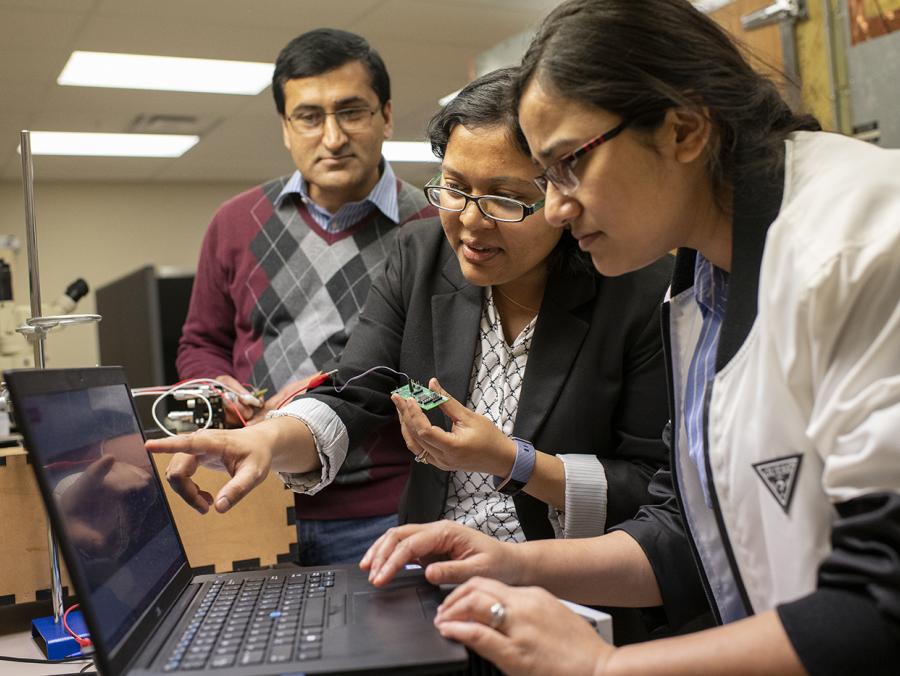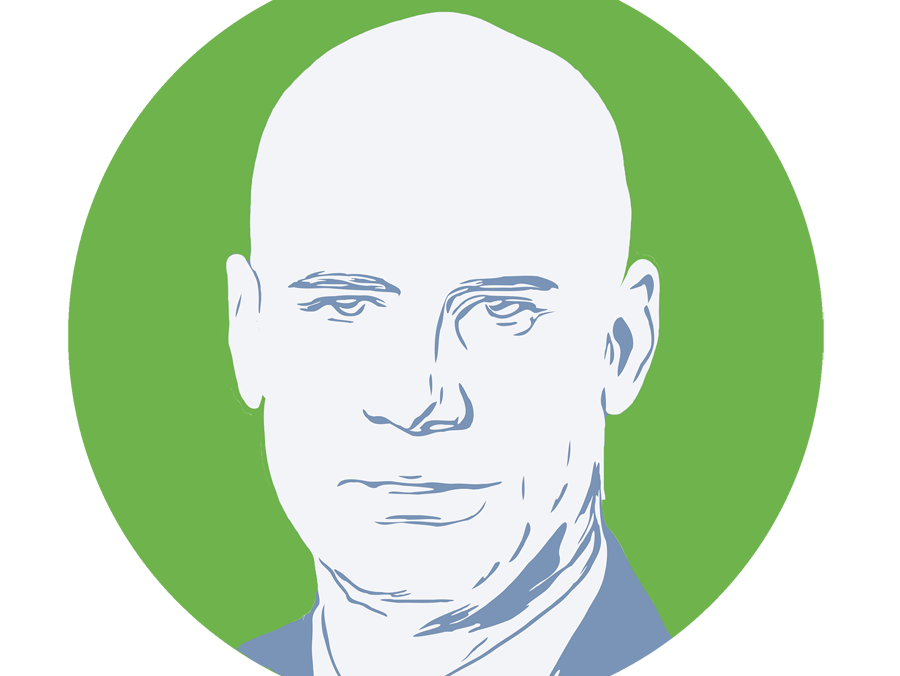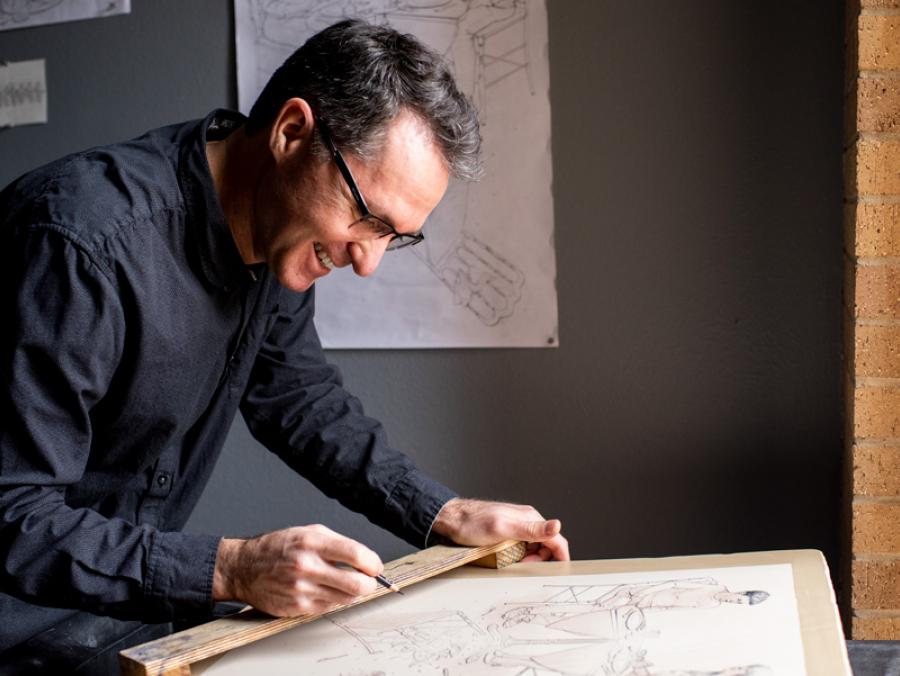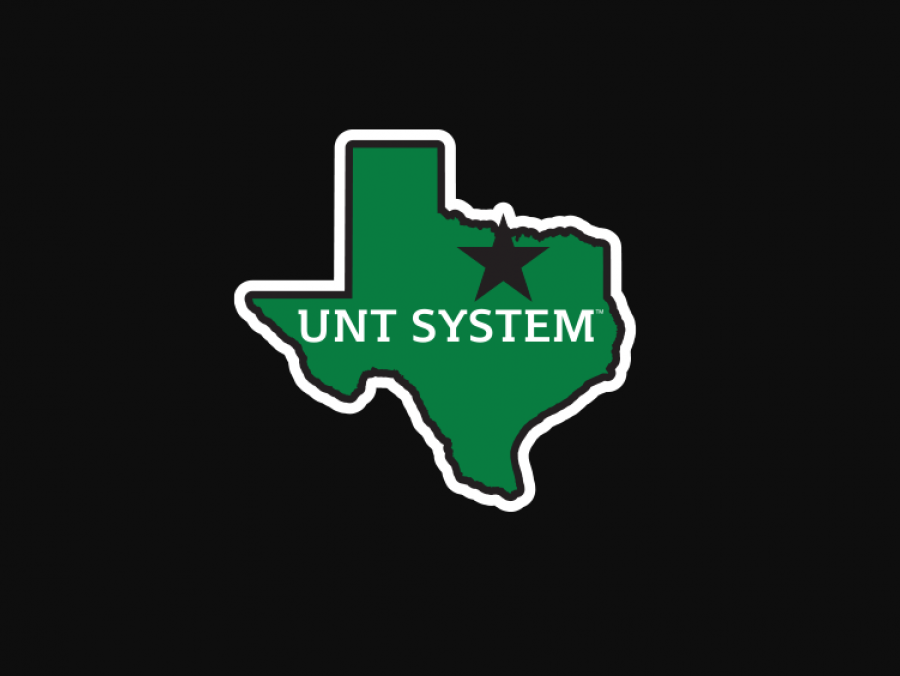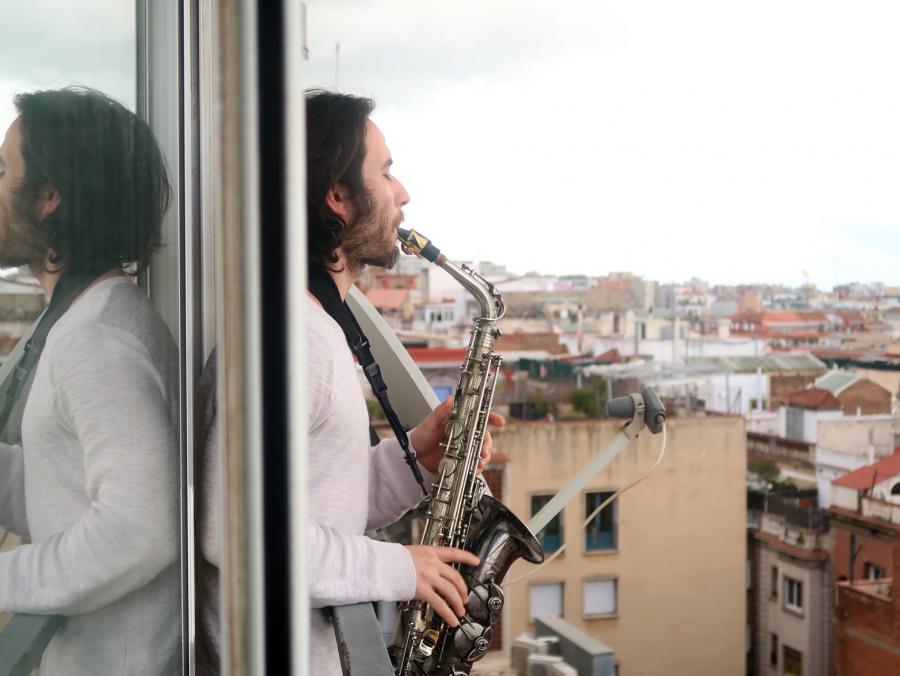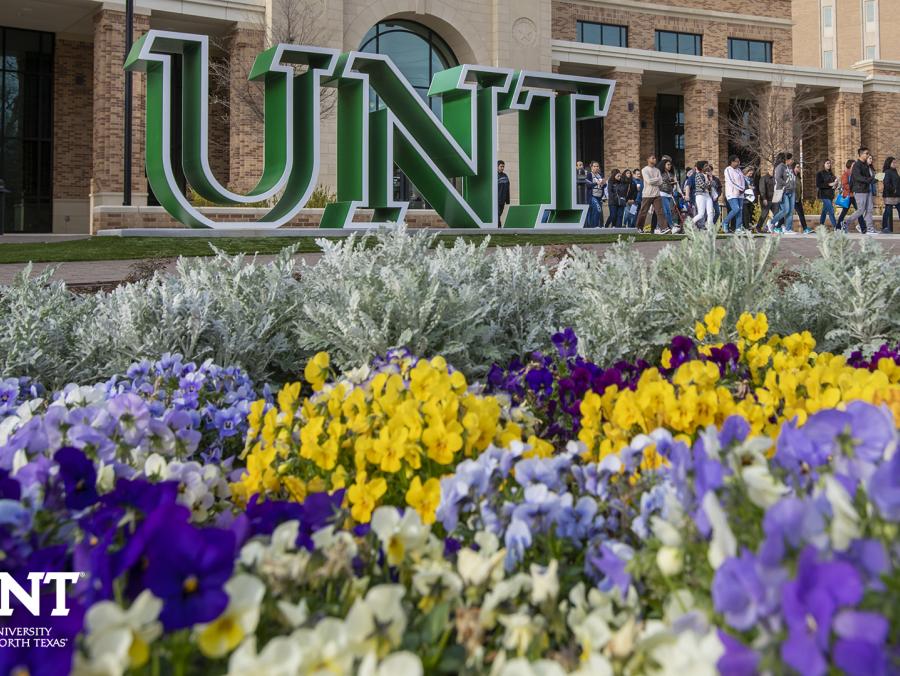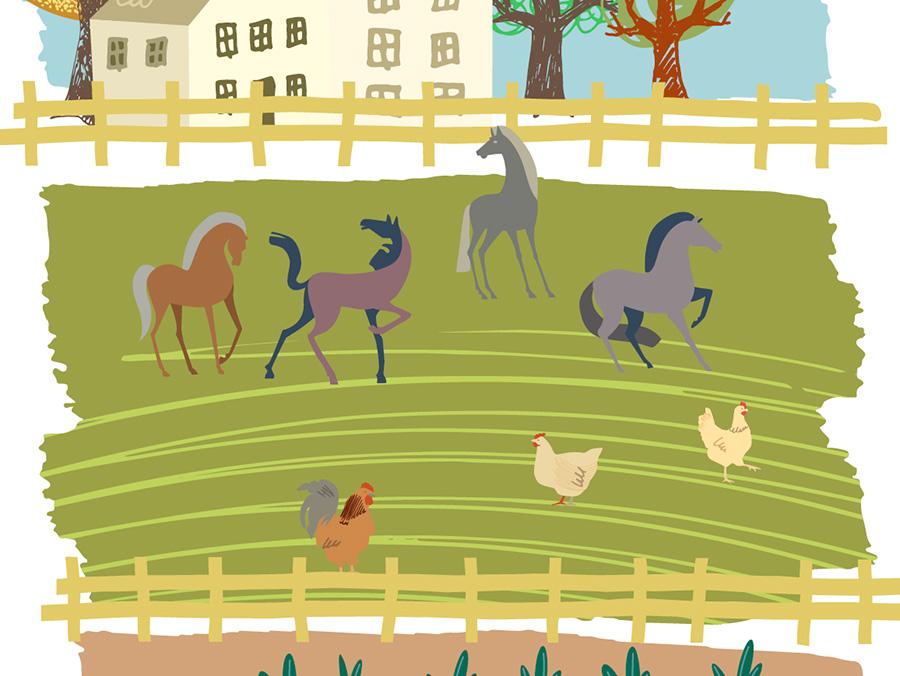rack of garments flanks one wall of Barbara Trippeer's ('14 M.F.A.) office in the Art Building, where the assistant professor of fashion design is prepping for an exhibition of costumes her students fabricated for last semester's production of Don Giovanni. Although she's surrounded by apparel, her thoughts are swathed in more atypically high-tech concepts -- today, she's all talk of optical sensors and additive manufacturing and user interface.
Her specific expertise is fashion as "assistive technology," an area she became interested in while pursuing her M.F.A. with a focus in design innovation. Wearable tech was the buzzword, but Trippeer aimed to explore a deeper question: Beyond eye-catching aesthetics, how could fashion help patients with disabilities or other health challenges?
That query led her to projects such as developing user-friendlier wearable devices for pediatric diabetes patients and using 3D printing in the creation of healthier, customized bras. Now, in collaboration with researchers from Columbia University's College of Engineering and the Fashion Institute of Technology, she's part of a project in which optical light sensors track changes in breast cancer tumors. But would patients actually wear them?
That's where Trippeer's expertise comes in. She's crafting a garment to contain the sensors, and it features the kind of comfortable, fashionable design that promotes patient satisfaction -- which, in turn, could ultimately prevent more invasive forms of therapy.
"Fashion is like people's armor -- it's what you put on every day to feel confident," says Trippeer, a breast cancer survivor herself. "The challenge is that often scientists only care if the technology works. But with medical regime adherence, if the patient doesn't like the product, they may not wear it. So, how can we include patients in the process so they are engaged and invested?"
Trippeer's user experience expertise means she's able to see the project from a divergent, yet no less critical, perspective. It's those kinds of multidisciplinary meetings of the minds -- both in-house and across industry and institutions -- that have long been an essential component of UNT's scholarly culture, where a commitment to research in all fields is so deeply ingrained, it's practically coded into the institutional DNA. Now, that interdisciplinary imprint is informing the university's innovation mindset moving forward. And it just may be its ticket to the top of the Tier One pack.
Founded as a local teacher's college 130 years ago, UNT is now internationally recognized for scholarship in fields ranging from fine arts and technology to humanities and life sciences, offers 230 degree programs and continuously expands hands-on research opportunities, often with industry collaboration.
In 2015, UNT reached a new pinnacle: It earned the elite designation of a Tier One research university by the Carnegie Classification of Institutes of Higher Education®, a status that matters because it bolsters the university's reputation in national rankings, its ability to recruit students and faculty from other Tier One universities, and its success rate for grant proposals and prestigious faculty awards. Last year, UNT's Tier One status was reaffirmed, making the university one of only 131 institutions in the nation in those ranks. Its diversity of doctoral programs and strengths in non-STEM research areas were major factors in UNT earning, and retaining, that designation.
Add to that a stunning 2019 -- in which UNT saw a record $78.4 million in research expenditures, $10 million awarded by the Texas Legislature to fund its Center for Agile and Adaptive Additive Manufacturing, an all-time high income in technology licensed for commercialization, and the opening of world-class facilities to house its College of Visual Arts and Design and biomedical programs -- and it's mission accomplished, right? Not quite.
"By continuing to drive our growth in the rankings, we will be on par with some excellent institutions," says President Neal Smatresk, who notes that UNT is committed to securing its place among the best of Tier One, standing shoulder to shoulder with universities such as Brown, Cal Tech and Notre Dame. "That's a pretty nice neighborhood, and it's one we want to live in."
Enter Mark McLellan to take the wheel. This fall, he joined UNT as vice president of research and innovation, bringing 35 years of experience in leading major university research programs, including stints at Portland State, Utah State, the University of Florida, Texas A&M and Cornell.
Like all great researchers, McLellan understands the power of iteration. That's why he's drawing on his past successes -- along with a healthy dose of support from Smatresk and UNT Provost Jennifer Cowley -- to illuminate the path forward.
"Not every institution has that all-hands-on-deck approach to its future in terms of building out the role of discovery and innovation," says McLellan, whose own research centers on food science. "We're relatively young in this game, but our opportunity and potential are sky high."
In his first months on the job, McLellan began laying out a comprehensive vision, which aligns with UNT's 2020-2025 Strategic Plan that outlines the university's audacious goals for the future. For one, he has placed an even higher priority on STEAM (science, technology, engineering, arts and math) initiatives and collaborations, with particular interdisciplinary research emphases in areas such as applied artificial intelligence, urban water and integrated intelligent mobility systems.
Many of the faculty involved also are part of UNT's Institutes of Research Excellence: the Advanced Environmental Research Institute, Advanced Materials and Manufacturing Processes Institute, BioDiscovery Institute and Jim McNatt Institute for Logistics Research.
Another fundamental piece of the puzzle is to expand the university's efforts in supporting faculty to apply for more -- and bigger -- sponsored research grants, particularly by providing them with face-to-face experiences that will help them better pitch the potentially disruptive nature of their work for society, industry and their individual disciplines.
Trippeer, for example, is part of UNT's new D.C. Faculty Fellows program -- led by Pamela Padilla, associate vice president of research and innovation -- in which she and 18 other junior faculty from across all disciplines traveled to Washington, D.C., in February to meet with funding organizations. Weeks before the trip, she already had secured an appointment with the National Science Foundation's Smart and Connected Health initiative.
"For those of us who have been waiting for these kinds of opportunities, we're very excited that UNT is supporting and encouraging us to go after them," says Trippeer, who adds that her optical sensors collaboration could eventually expand to include user research groups based out of UNT at Frisco. "This is a serious acknowledgment of the potential these integrative relationships can have."

A handful of Mark Albert's graduate students have set up laptops and digital screens in just about every corner of the biomedical AI lab in UNT's Discovery Park -- a place where "the only chemical is coffee," but the number crunching that goes on is applied to conditions including cancer, Parkinson's disease, spasticity, leg amputations, aphasia and cerebral palsy. Albert, an assistant professor of biomedical engineering and computer science and engineering, is looking to provide the kind of career-shaping, discipline-disrupting experiences that can boost his students' potential -- and better society in the process.
That's why he's set up open houses where other students can see what opportunities await in artificial intelligence -- a field so transformative, the possibilities are practically endless. After all, his current grad students are taking part in collaborative projects ranging from real-time tumor tracking with radiation oncologists to improving assessments of microprocessor-controlled prosthetic legs with physical therapists. The scope of their research is outlined on the monitors they've set up, and they expertly explain the importance of their work to the students who travel from station to station, eager for a peek at how sifting through data can lead to real-world impacts.
"Students pursuing hot areas like natural language processing and deep learning -- if they have the research papers to back up their knowledge -- are asking for starting salaries of $150,000," says Albert, noting that UNT's new M.S. in AI degree program, set to launch this fall, will provide students with in-demand skills and ample research opportunities.
It's that kind of cross-disciplinary scholarship that brought Albert to UNT from Loyola University Chicago in 2019. He's already made hay of the synergetic opportunities available -- in addition to ongoing work with organizations like the Shriner's Children's Hospital Network and Shirley Ryan AbilityLab, he's collaborating with Ifana Mahbub, Diana Berman and Ting Xiao from the College of Engineering and Gloria Olness from the College of Health and Public Service on a project to improve vocalization outcome measures to address clinical interventions for people with aphasia. He's also collaborating on a project to gauge how music instruction may impact hearing loss with Kamakshi Gopal in the College of Health and Public Service, Sara Champlin in the Mayborn School of Journalism, and Kris Chesky in the College of Music.
UNT's approach to AI -- with faculty from business, engineering, information and other colleges collaborating on machine learning, deep learning and data science in areas as varied as natural language processing, computer vision and autonomous control -- has the potential to connect and engage academic, corporate and government stakeholders across the state, Albert says.
"There's a lot of excitement here about the possibilities for higher-level engagement -- not just individual labs or small startups, but rather more coordinated efforts," he says. "In a large number of these AI problems, the technical aspects are clear. The challenge is ensuring that they are fully supported by an AI-ready workforce and understand how to responsibly adopt and use AI."
Any industry, from refineries and railroads to automakers and aerospace, could benefit from UNT's AI research, says Arunachalam Narayanan, associate professor in the G. Brint Ryan College of Business' Department of Information Technology and Decision Sciences.
"Companies have a lot of data, but they don't know how to use it," he says. "We want to be a one-stop shop for businesses looking to solve problems using AI."

Back in 2006, when Rudi Thompson detailed her plans for the Dallas Environmental Education Initiative, nearly everyone scoffed at the idea that teaching kids to turn off the faucet while brushing their teeth could make any kind of dent in the water hemorrhaging most cities experience every day. They never imagined 10 gallons saved would eventually turn into 22 billion.
Despite the skeptics, Thompson, an associate professor in the College of Science and co-director of Teach North Texas, envisioned a future where biologists and educators united by a common purpose could make a difference in urban water quantity and quality.
"I wanted to help Texans be more conservative and aware in their use of natural resources," she says.
One prong of the initiative involves providing Dallas-based elementary teachers with conservation lessons they relay to their students through hands-on activities such as building mini-aquifers in cups, creating water filtration devices and singing about the urban water cycle. The other is Thompson and her team's deep dive into water usage data on thousands of single-family homes in the Dallas zip codes from which the students hail, allowing them to correlate the effects of education on changing behavior.
"There are two areas in which kids are prone to teach their parents -- one is technology and the other is the environment," Thompson says. "And we think that's happening here, because the water conservation we're seeing is larger than what any one person can do."
In fact, Thompson's research has made Dallas green in more ways than one -- the decreased water usage has saved the city nearly $30 million over 10 years. Last year, Dallas awarded the program a $2,252,475 grant renewal through 2024.
"It's sort of like the starfish story -- if I've saved one drop, I've saved one drop," Thompson says. "If we say the issue is too big to address, we've saved nothing."
And what better way to tackle a big issue than with big ideas? When it comes to urban water, UNT embarked on that journey nearly 85 years ago with its first funded water quality research undertaken by biologist J.K.G. Silvey, who studied the microorganisms responsible for changes in the taste and odor of city water supplies. Fast forward to the mid-1970s, when the Silvey-created Institute for Environmental Studies evolved into the Institute of Applied Sciences that now is part of the Advanced Environmental Research Institute. AERI also serves as the umbrella for the Lewisville Lake Environmental Learning Area (LLELA), a living lab for scientific research that features a diversity of waterways, including the Elm Fork of the Trinity River.
Today, researchers from across the university -- including biology, philosophy, urban planning and geography, among others -- are expanding their efforts in urban water, developing and identifying solutions for policymakers, municipalities and stakeholders throughout the state. Their work spans topics from toxicity to environmental impacts to access.
Irene Klaver, professor and chair of the Department of Philosophy and Religion, is an expert in environmental philosophy and, specifically, social justice issues connected to urban water centers. In the early 20th century, mostly poor communities lived near rivers, which were so polluted they were often literally fatal: In the 1920s, the Texas Department of Health called the Trinity the "Mythological River of Death." But after the Clean Water Act, wealthier citizens took over the now scenic riverfront, forcing more impoverished residents out.
"For a fair distribution of water, even a view of the water, you need public policy and intervention," says Klaver, who spoke as part of a social and environmental justice panel at the Denton Black Film Festival focusing on environmental issues affecting communities of color. She also was invited to a think tank event at the Houston SWA Architecture group to re-center their urban planning around water.
With climate change and increasing urbanization, she says, it's more important than ever to think about the potential consequences of dwindling water supplies.
"North Texas is one of the fastest-developing regions in the world, and that comes with so many questions," Klaver says. "Drinking water, wastewater -- these are fascinating and desperately urgent issues. By approaching them from multidisciplinary perspectives, we can make a significant difference in this region and many others as an example of how to deal innovatively with urban water issues."
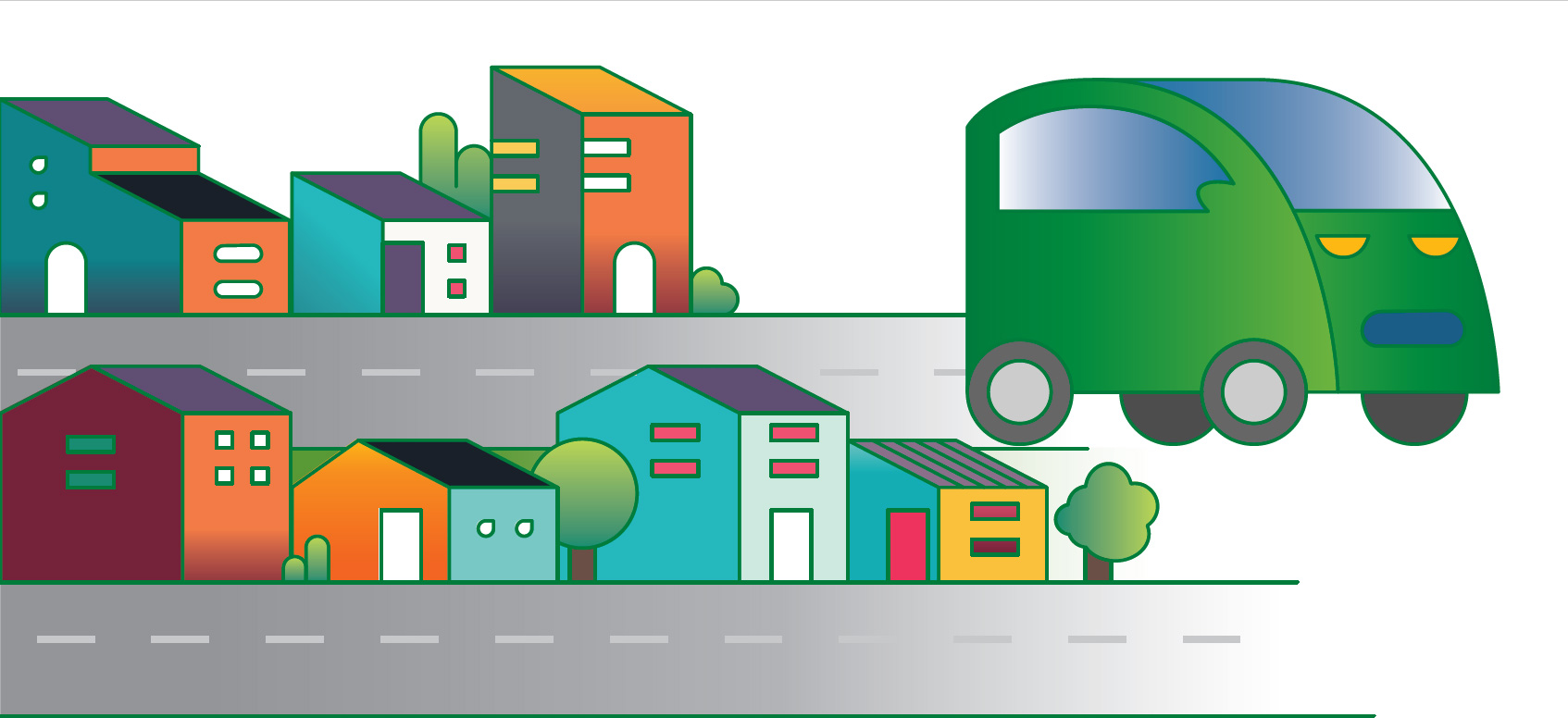
Not long ago, Qing Yang, assistant professor in the Department of Computer Science and Engineering, received an email from a local company with ties to the autonomous vehicle industry.
"They were worried about whether Texas can produce enough well-trained engineers for this growing field," Yang says. "In the past, they've had to recruit people from either Pittsburgh or California."
As luck -- and foresight -- would have it, UNT is already revved up and ready to go. The university is encouraging integrated intelligent mobility systems research spanning disciplines including engineering, business, science, information, and health and public service. Researchers and students are working collaboratively on the complexities inherent in the field, including the technology itself, the data collection that helps drive its development, and the planning, policy and business practices necessary to support it.
Yang, whose expertise is in vehicular networking, has partnered with Song Fu, an associate professor of computer science whose expertise is in cloud and edge computing, for NSF-funded connected and autonomous vehicle research. The goal of their work is to link all autonomous cars via wireless communication techniques, creating a network through which the vehicles can get a better sense of their surroundings, communicating information about everything from traffic flow to malfunctioning stoplights.
"We know there's a huge market there, and in terms of the future of research, making the technology safer is the highest priority," says Yang, who pitched the research to the National Science Foundation and Turner-Fairbank Highway Research Center as part of the D.C. Faculty Fellows trip. "We know autonomous vehicle technology is safer than human-driven vehicles, but people still have concerns."
Yang and Fu currently have eight Ph.D., three master's, two undergraduate and six TAMS students assisting them in their research. Three of their students have been placed in internships with companies like Fujitsu America and Nokia Bell Labs, and as part of their research funding, the duo hosted a 10-week summer camp in 2019, in which 10 undergraduates from populations underrepresented in the computer science industry learned about autonomous vehicles. Two more camps will be funded through 2021.
And there are plenty more opportunities for students to delve into the intelligent mobility realm, they say, from civil engineering to cybersecurity to public policy.
That's certainly true in the College of Health and Public Service, where professor Simon Andrew has taken a leading role in coordinating and representing the college's expertise in mobility systems. Andrew himself is experienced in intelligent mobility research, having collaborated with Kamesh Namuduri, a professor in the Department of Electrical Engineering, on an NSF-funded grant that used networked drones to enable emergency communications during disaster recovery, a critical step in assisting first responders as they navigate crisis situations.
"Intelligent mobility systems aren't just one system, but multiple systems in one environment," says Andrew, who notes the concept is about using new ideas and technologies to look beyond traditional approaches to transport. "It's not just about the smart transportation, it's about the integrated structure of this mobility."
That is especially relevant in the North Texas region, where the abundance of suburbs means there are many local governments whose attempts to navigate new technologies aren't synchronized.
"It is critical that local governments are aware of different types of technologies and how they can be implemented in terms of policy development and adoption," he says. "When we look at mobility systems, there is a tendency to be very siloed -- we don't look at in a holistic way. That's why it's wonderful we're taking this interdisciplinary approach."
Though it has barely been 24 hours since Trippeer returned to UNT after spending two days in the nation's capital as part of the D.C. Faculty Fellows program, she is anxious to delve into the ideas and opportunities presented. The experience was "exhausting, but rewarding," she says. In addition to meeting with the NSF, she spoke with representatives from the National Institutes of Health and the National Endowment for the Arts.
The NSF was particularly taken by the telemedicine opportunities of an optical-sensors-lined bra, while the NIH's excitement was piqued by Trippeer's ability to create a comfortable, aesthetically pleasing device that would lend itself to regular patient use.
"They were calling me a 'scientist,' and I had never really put myself in that bucket before," she says. "I feel much more enabled by this. They're just looking for great research, so it's just a matter of actuating these opportunities."





